About a year ago, I stumbled upon images of a modified Zeiss Contaflex Pro Tessar 4/115 lens. Its aesthetic appeal was instantly captivating. While some collect lenses purely for their beauty, my aim is to use them with a camera – though, admittedly, a lens that is both beautiful and functional is ideal. The question then arose: are this lens, and its siblings the 3.2/35 and 3.2/85 that I also acquired, actually any good? My answer, without hesitation, is YES! Absolutely.
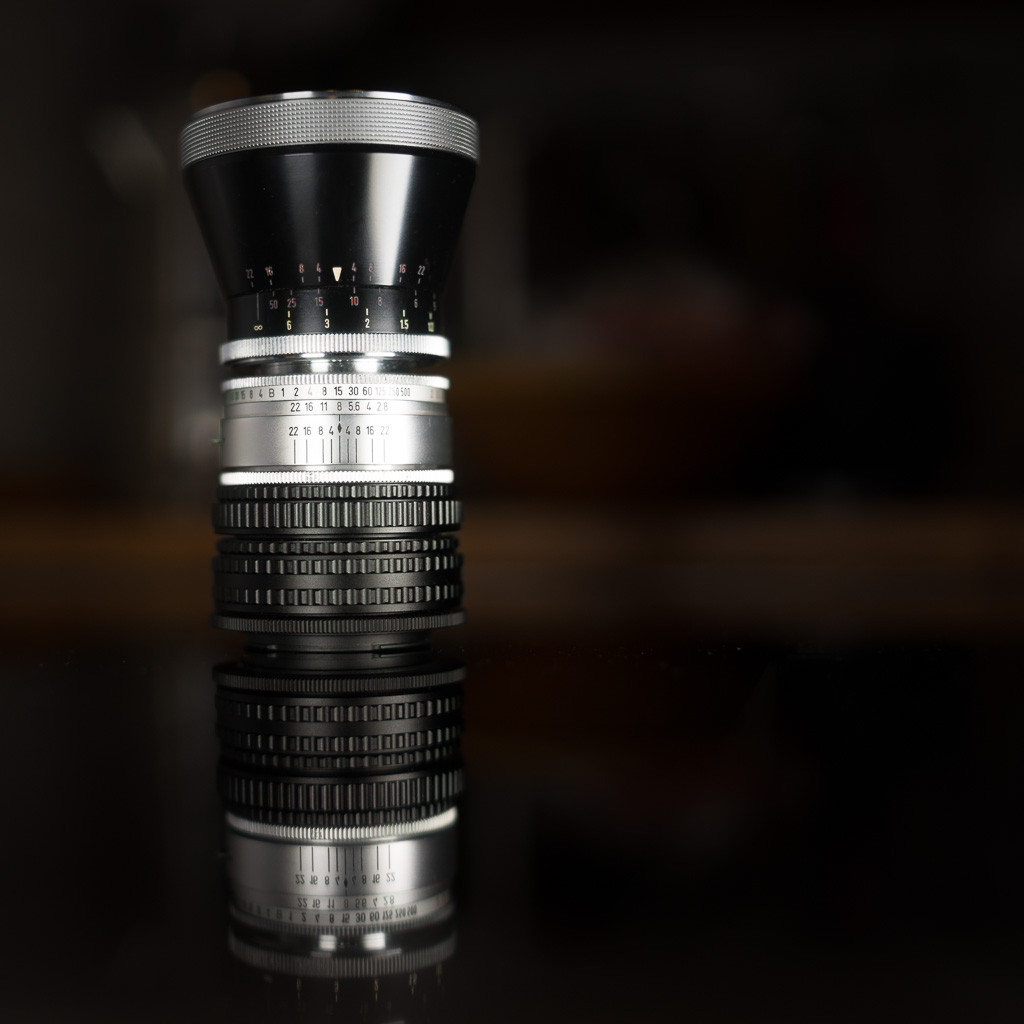 Adapted Contaflex Pro Tessar lens on M42 helicoid
Adapted Contaflex Pro Tessar lens on M42 helicoid
Adapted Contaflex Pro Tessar lens, featuring the lens mount with the rear element and the Pro Tessar 4/115 front element, mounted on a simple M42 focusing helicoid. The reflection is just a reflection!
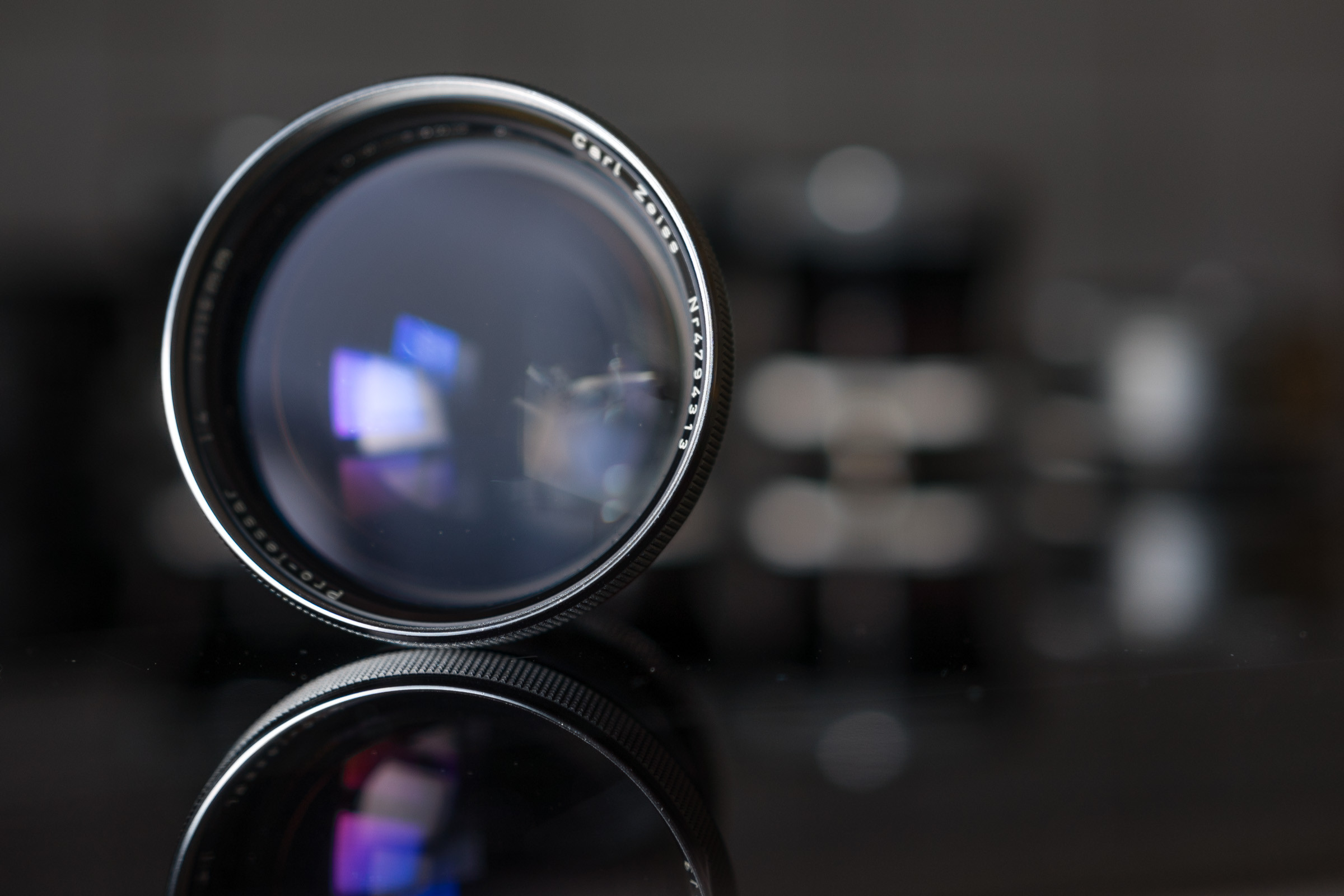 Contaflex Pro Tessar 4/115 front element close-up
Contaflex Pro Tessar 4/115 front element close-up
Close-up of the Contaflex Pro Tessar 4/115 front element, showcasing its vintage design.
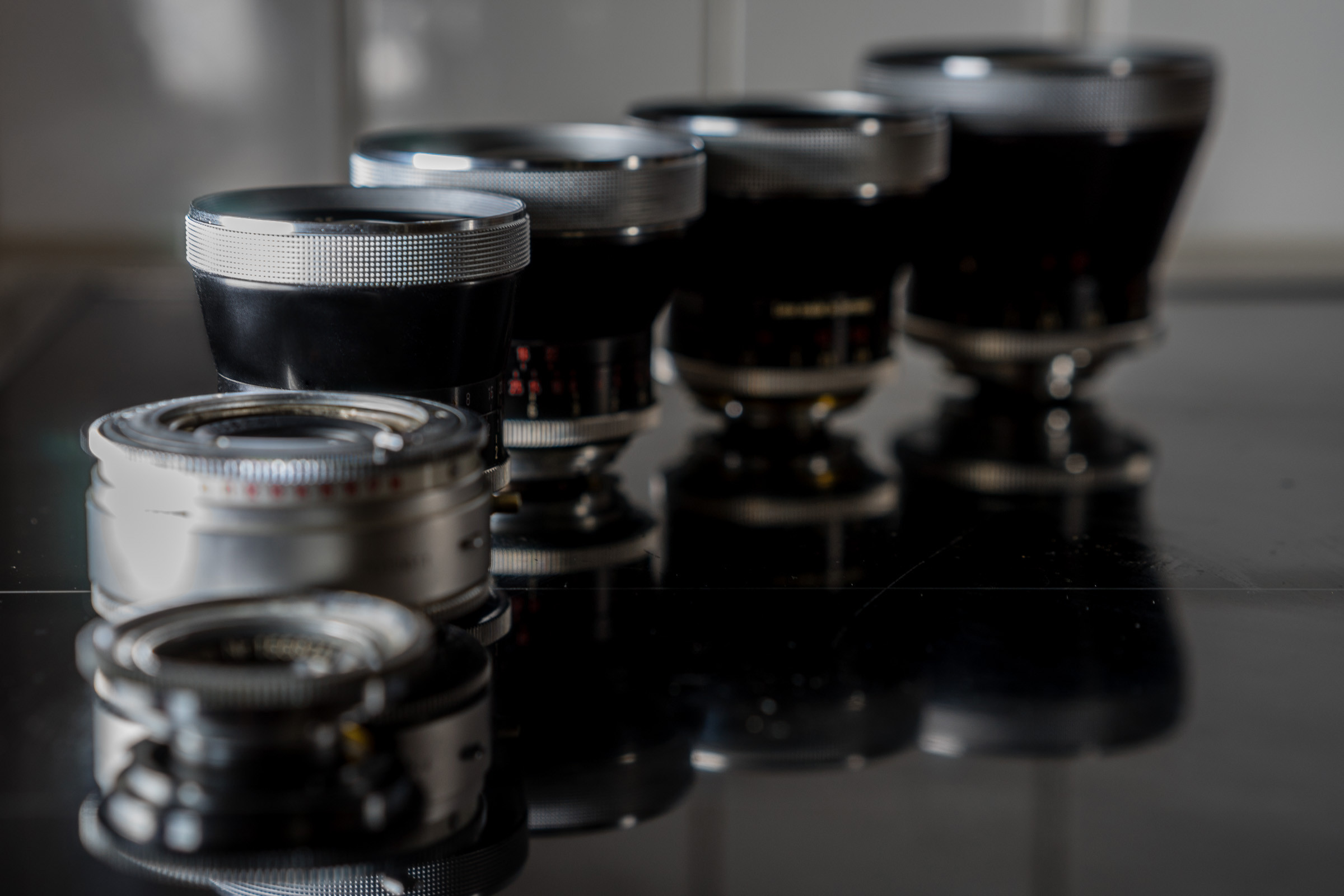 Pro Tessar lens family including adapters and various focal lengths
Pro Tessar lens family including adapters and various focal lengths
My collection of Pro Tessar lenses: the 2.8/50, the mount-adapter, the small 3.2/35, the large 3.2/35, the 3.2/85, and the 4/115, illustrating the range of options available in this lens series.
Like any dedicated lens enthusiast, my initial discovery led me straight to Google and eBay in search of my own Contaflex Pro Tessar. In mere minutes, I found a bargain – a 3.2/35 lens bundled with another item, all for a mere 30 EUR. The seller mentioned a non-functional focusing mechanism, justifying the low price.
At the time, I thought, “No problem, a focusing helicoid will easily solve that.” However, I soon learned that my purchase wasn’t even designed to be a complete, standalone lens. It was just the front element, effectively “half” a lens. It dawned on me then that adapting this lens wouldn’t be straightforward. This partial lens was useless on its own, requiring the other lens component typically attached to the camera body to function.
The Contaflex system, starting with the Contaflex III in 1956, employed a unique two-part lens and shutter design. The rear lens element, focusing helicoid, aperture, and shutter were integrated into the camera body. Only the front lens elements were interchangeable. My purchase was solely this interchangeable front element. Fortunately, vintage Contaflex camera bodies were readily available, many sold “as-is” due to shutter malfunctions – understandable given their age of over 60 years. I acquired one of these bodies for an additional 15 EUR. I believe I obtained a Contaflex III or IV model, which is crucial as it simplifies the adaptation process. The Contaflex I and II lack interchangeable front elements, and later models are likely more complex to adapt, based on my experience and online guides, such as Leo Roos’ detailed (but intricate) instructions here.
To get the lens operational and adaptable for modern cameras, the rear lens component needs to be removed from the Contaflex body. In my case, this was relatively simple, mostly requiring just a screwdriver. The lens/mount assembly at the rear of the camera can be unscrewed. While my memory of the precise details from a year ago is hazy (and regrettably, I didn’t document it with photos), I’ll outline the key steps as best as I can recall.
After detaching the mount, which includes the shutter and rear lens element (we’ll call this the mount), the next challenge is removing the shutter mechanism. If I remember correctly, this was fairly straightforward. The rear lens element was accessible without needing to delve deeper into the mount assembly. It could be easily unscrewed using a spanner wrench.
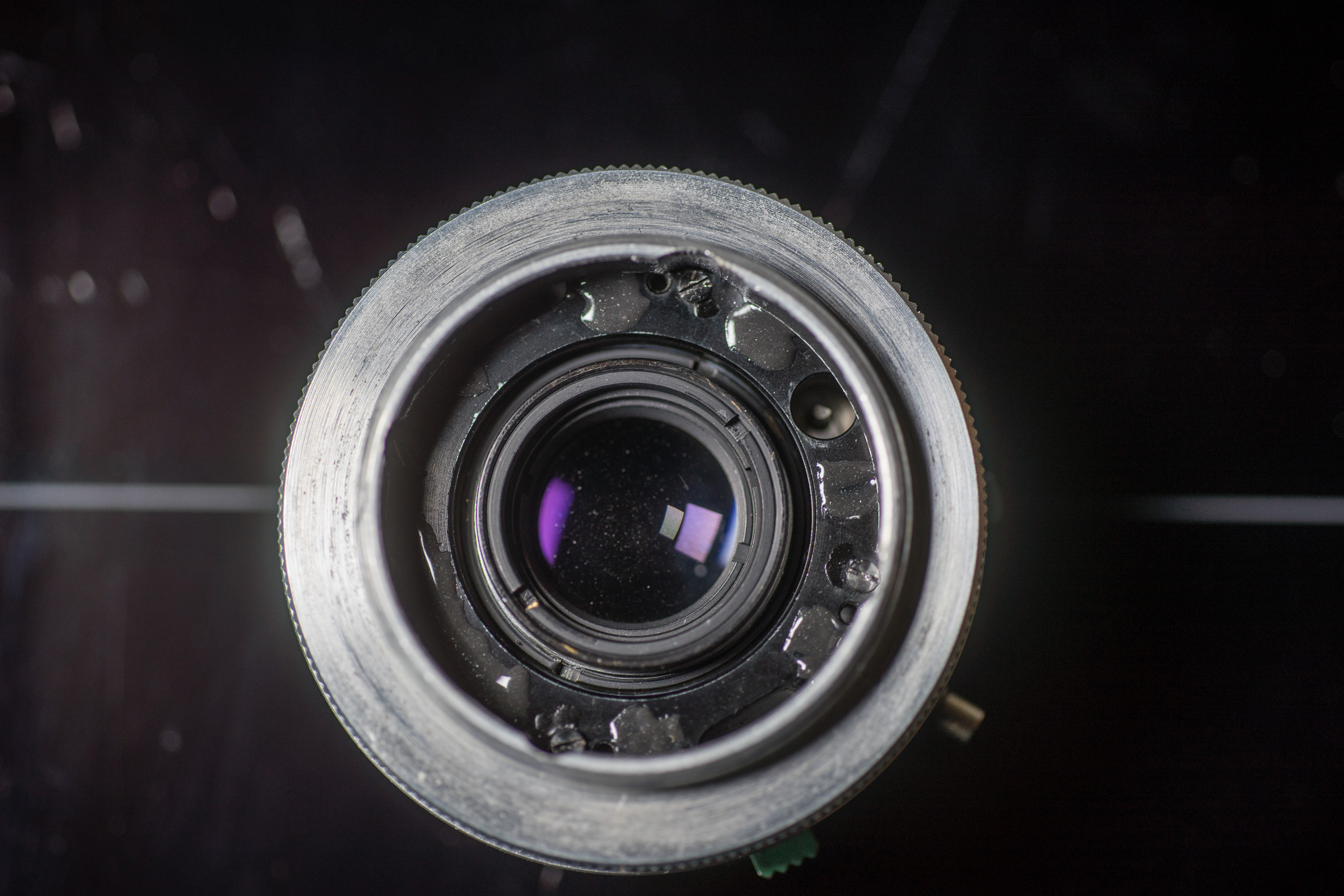 Adapter rear view showing accessible lens element
Adapter rear view showing accessible lens element
Rear view of my adapter, clearly showing the accessible rear lens element. Even with a glued-on macro inversion ring, the element can be easily removed using a spanner wrench, providing access to the shutter leaves.
With the aperture fully opened (simply set it on the mount), the shutter leaves become accessible and can be carefully removed with pliers. While not the most refined method, it’s quick, easy, and avoids dismantling the complex lens/shutter assembly. Care must be taken not to damage the aperture blades during this process.
The subsequent step is attaching the Contaflex mount to a focusing helicoid. Again, I opted for the simplest approach: glue. I used an M42 to M46 macro reverse ring, which fit into my M42 helicoid and also mated reasonably well with the Contaflex mount. (I’ve since learned that an M42 to M52 ring might be even better as it can fit over the outside of the mount). A snug fit of the chosen ring is crucial for centering the mount accurately on the macro ring and ensuring the ring sits flat on the mount without any screws interfering. In my case, some filing was necessary to achieve a perfect fit, as illustrated in the image above where you can see the filed area.
Next, I glued the macro ring to the mount using a two-part epoxy, being careful to prevent any glue from seeping into the mount assembly through any openings. Once the glue cured, my adapter/lens was ready for use. I attached my M42 helicoid and an M42-NEX adapter to it, and it was ready to go.
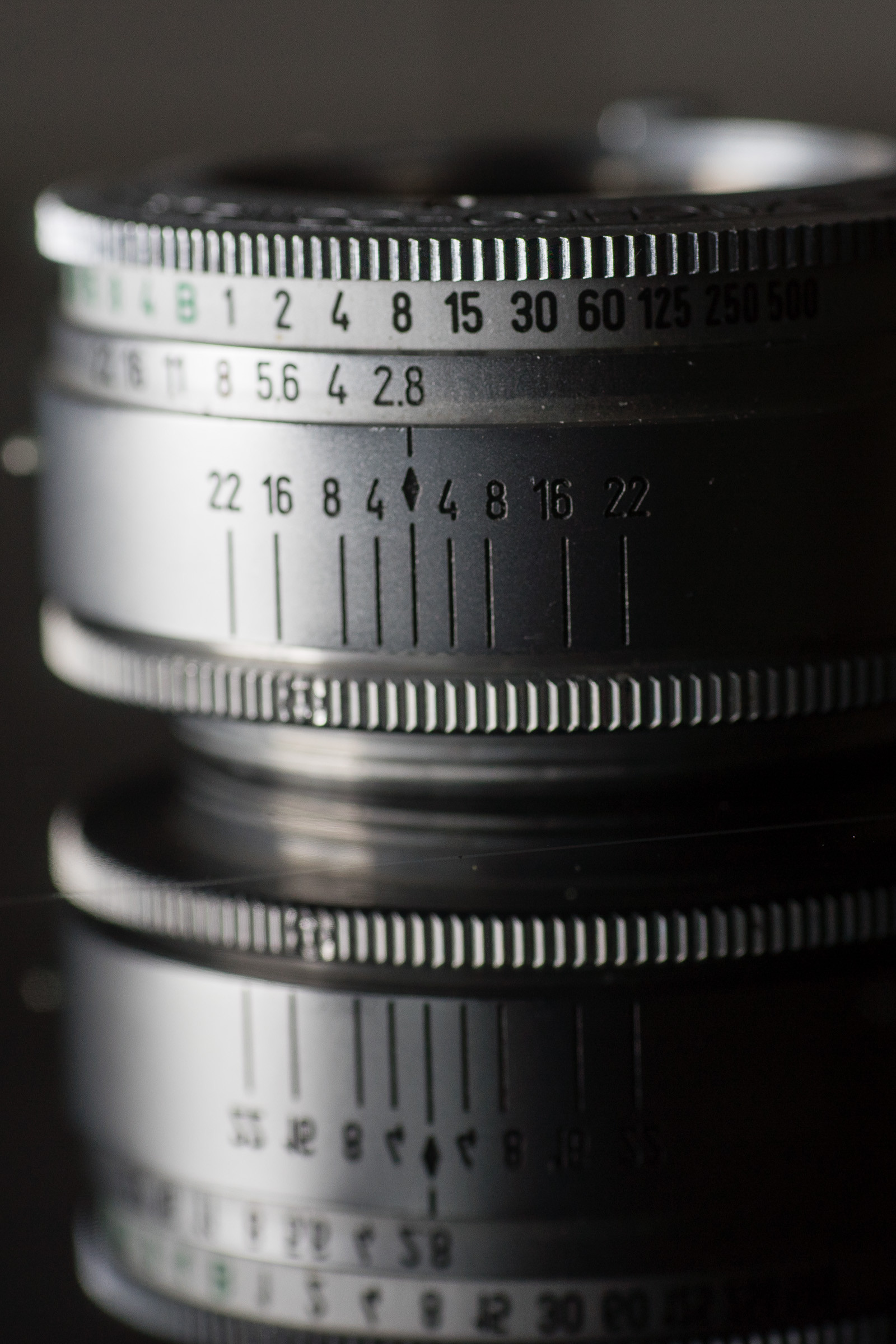 Macro inversion ring glued to the lens mount
Macro inversion ring glued to the lens mount
The macro inversion ring securely glued to the Contaflex lens mount, forming a robust and functional adapter.
If my straightforward solution doesn’t appeal to you, consider exploring Leo Roos’ more elaborate method mentioned earlier. While you’re researching, take a look at some of the images he captured with the 4/115 Pro Tessar – they’re truly inspiring. For German speakers, Dieter (Ulganapi) offers a detailed “how-to” guide in the German Digicamclub, accessible here. Alternatively, this blog post provides a review and numerous sample images.
Once you’ve created your adapter, you’ll be rewarded with access to a collection of fascinating lenses. Typically, the Contaflex mount comes with a Pro Tessar 1:2.8/50 front element, which can be interchanged with other common front elements, including:
- 4/35 and 3.2/35 (I possess two distinct versions of the 3.2/35)
- 4/85 and 3.2/85
- 4/115
- 1:1 Macro 50mm (f/5.6)
For those wanting to fully immerse themselves in the Contaflex lens system (which I haven’t yet), there are also:
- Steritar (a front element for capturing stereo images; note that different versions exist, with the “813” or Version B being compatible with Contaflex III, IV, and later mounts),
- Close-up Steritar (for stereo macro photography), and
- Monocular 8x30B (essentially a 400mm telescope that mounts as a front lens element).
Performance:
Based on my experience using these adapted lenses on a Sony A7 camera, I can make some general observations about the 4/115, 3.2/85, and 3.2/35 lenses (my 2.8/50 is unfortunately unusable, serving only as a mount cap):
- They produce beautifully rich, saturated colors, even without post-processing. The color rendition wide open is noticeably different from when stopped down, but both are appealing in a distinct “vintage” way.
- They exhibit surprisingly good micro-contrast for their age, often requiring minimal or no post-processing.
- Wide open, they create a wonderfully dreamy aesthetic, particularly in close-up shots.
- Center sharpness is excellent even wide open, becoming exceptionally sharp when slightly stopped down, especially at closer focusing distances.
- They render a unique vintage bokeh. Depending on the subject distance, the bokeh can also be remarkably smooth.
- Chromatic aberration (CA) is impressively well-controlled. In my images at normal viewing sizes, I haven’t detected any. Some lateral CA might be visible near the image borders at 100% magnification, for example, on tree branches against the sky. This is a particularly appealing characteristic.
- They need to be stopped down considerably to achieve good edge-to-edge performance, which can be advantageous if you desire softer corners. However, they are not ideal for landscape or architecture photography unless you can stop down to f/11 and/or utilize an APS-C sensor (or smaller).
- These qualities (and limitations) make them excellent candidates for portraiture (of people, flowers, insects) and for creating cityscapes with beautiful bokeh. I also believe they possess significant 3D rendering potential.
Samples
Here are some sample images taken around my local area. Unless specifically stated otherwise (in the final processed batch), these images are essentially unprocessed. Being RAW files, they were imported into Lightroom and exported without any adjustments beyond:
- Minor exposure adjustments in some images (using the basic exposure slider, without individual shadow or highlight adjustments).
- No sharpening or any other image manipulation.
- No alterations to clarity, contrast, color, etc.
- Slight cropping in some images to correct tilt or refine composition.
- The butterfly images are heavily cropped, shown close to 100% view to demonstrate lens sharpness. No sharpening or clarity adjustments were applied to these cropped images.
3.2/35 (small, older version):
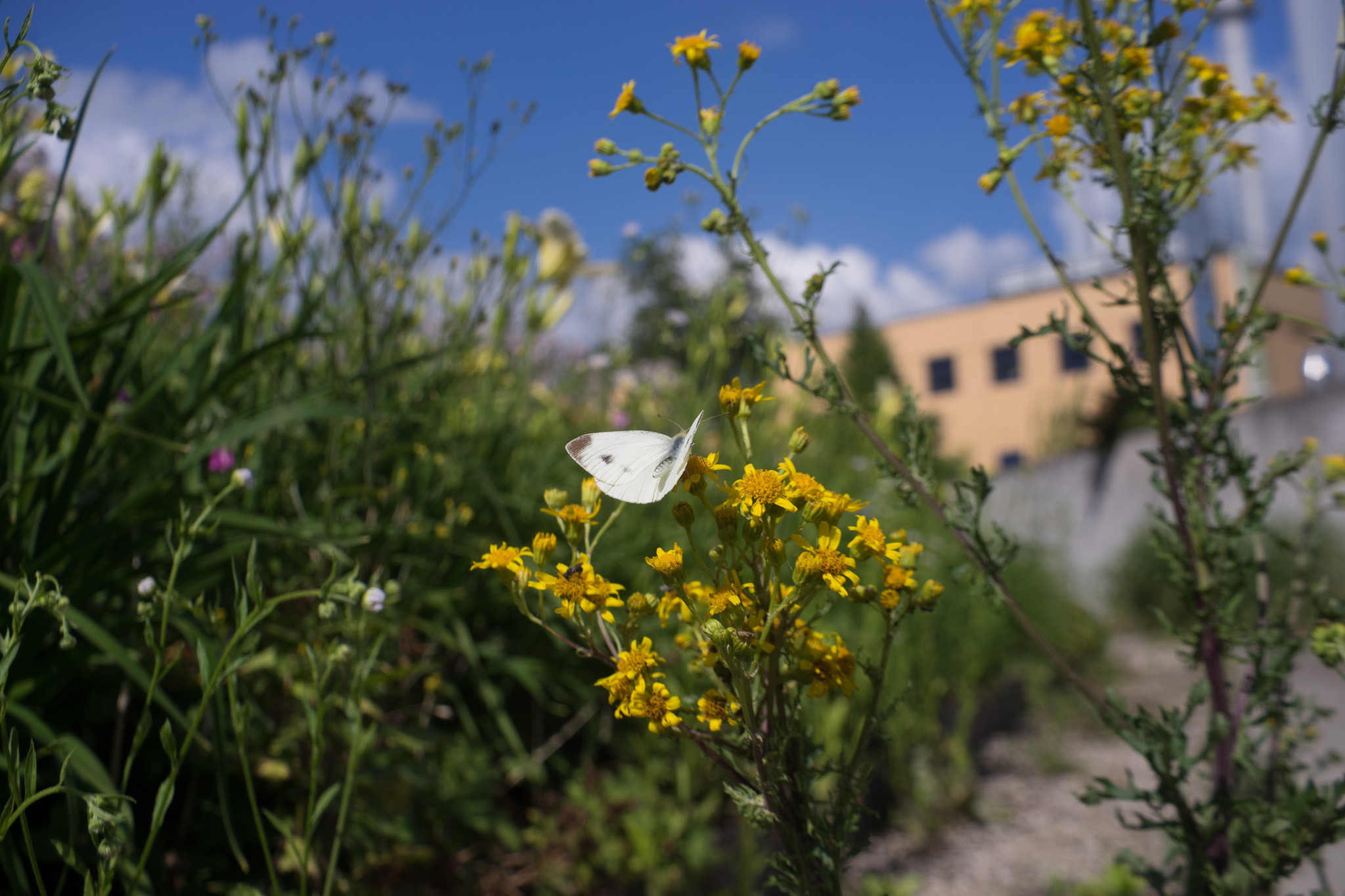 DSC04394
DSC04394
Image sample from the older 3.2/35 lens, showcasing its rendering capabilities.
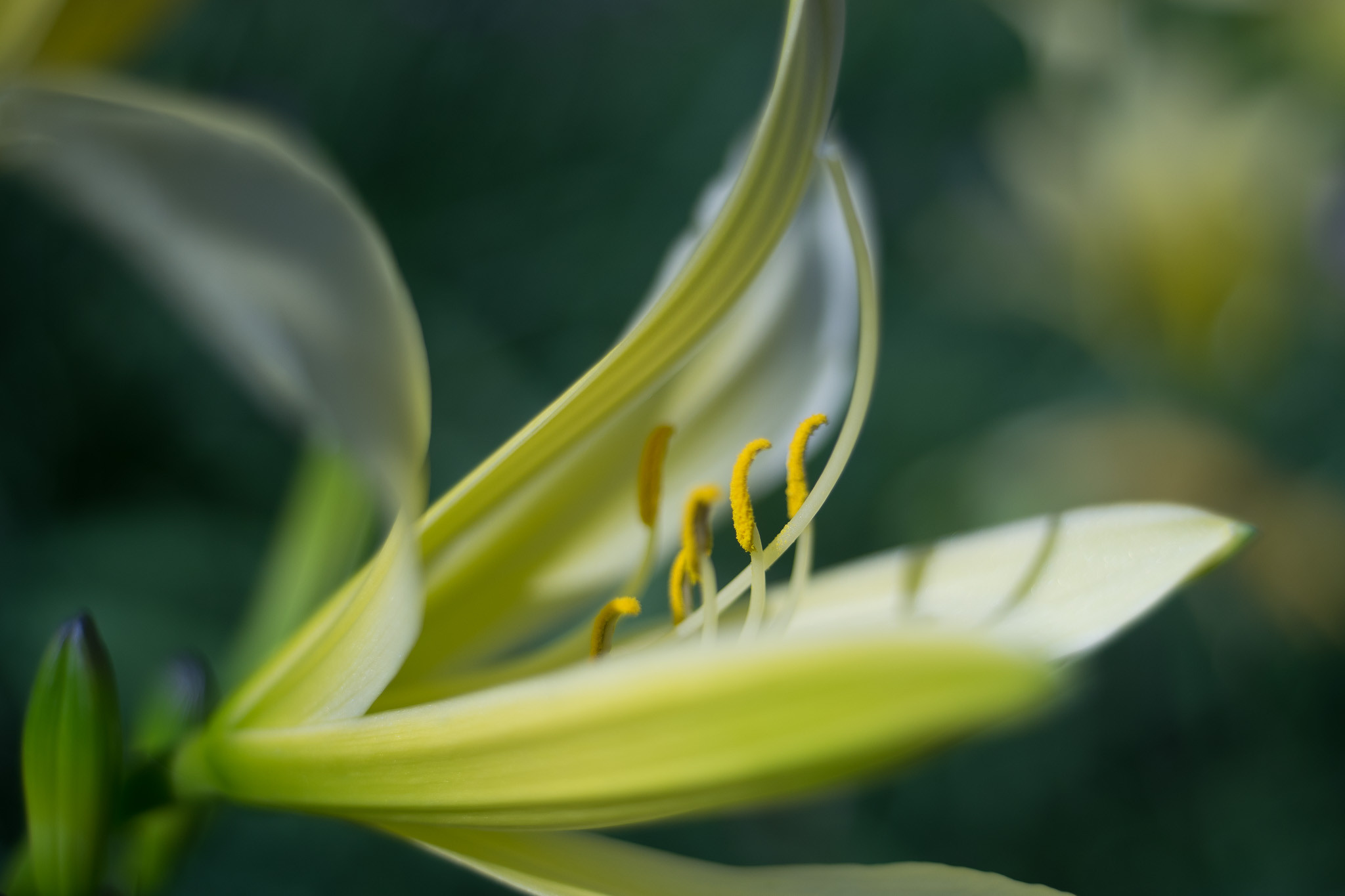 Open aperture sample from 3.2/35 lens
Open aperture sample from 3.2/35 lens
Open aperture shot with the 3.2/35, demonstrating its shallow depth of field and bokeh.
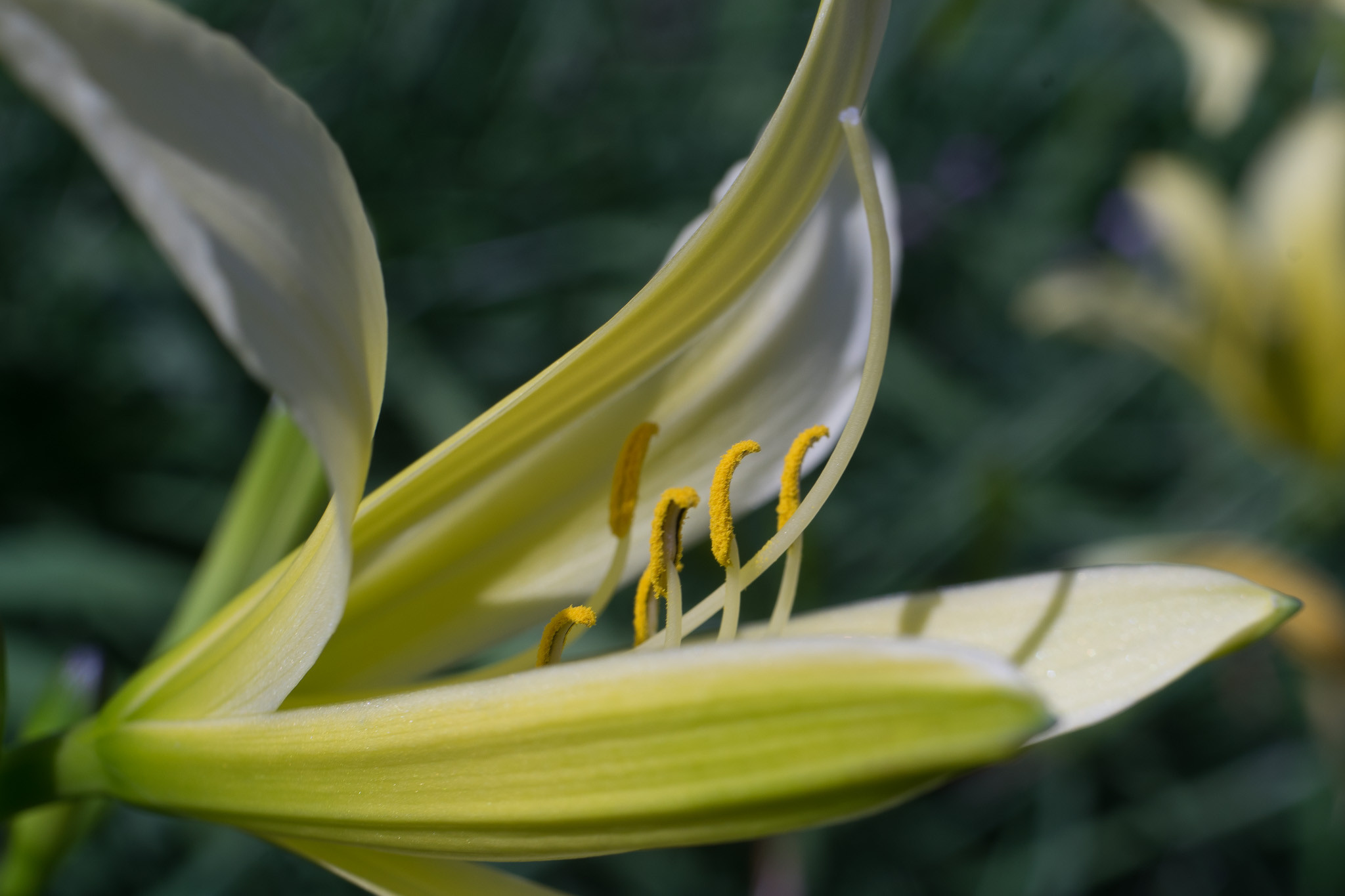 Closed down aperture sample from 3.2/35 lens
Closed down aperture sample from 3.2/35 lens
Stopped down aperture example from the 3.2/35, highlighting increased sharpness and depth of field.
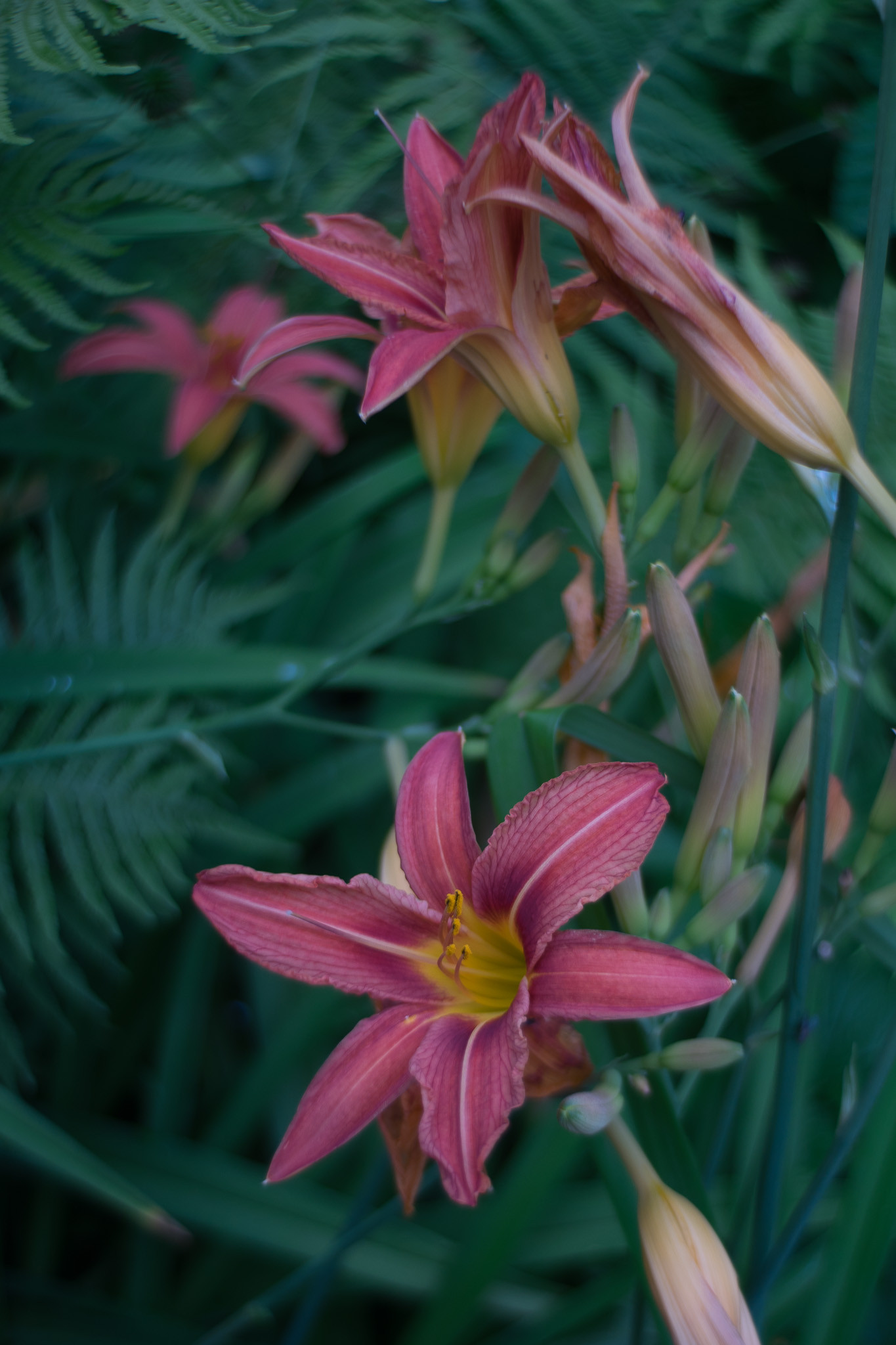 DSC04332
DSC04332
Another image taken with the older 3.2/35 lens, showing its overall image quality.
 Open aperture shot with older 3.2/35 lens
Open aperture shot with older 3.2/35 lens
Open aperture sample from the older 3.2/35 lens, emphasizing its bokeh characteristics.
Strongly cropped samples (older 3.2/35):
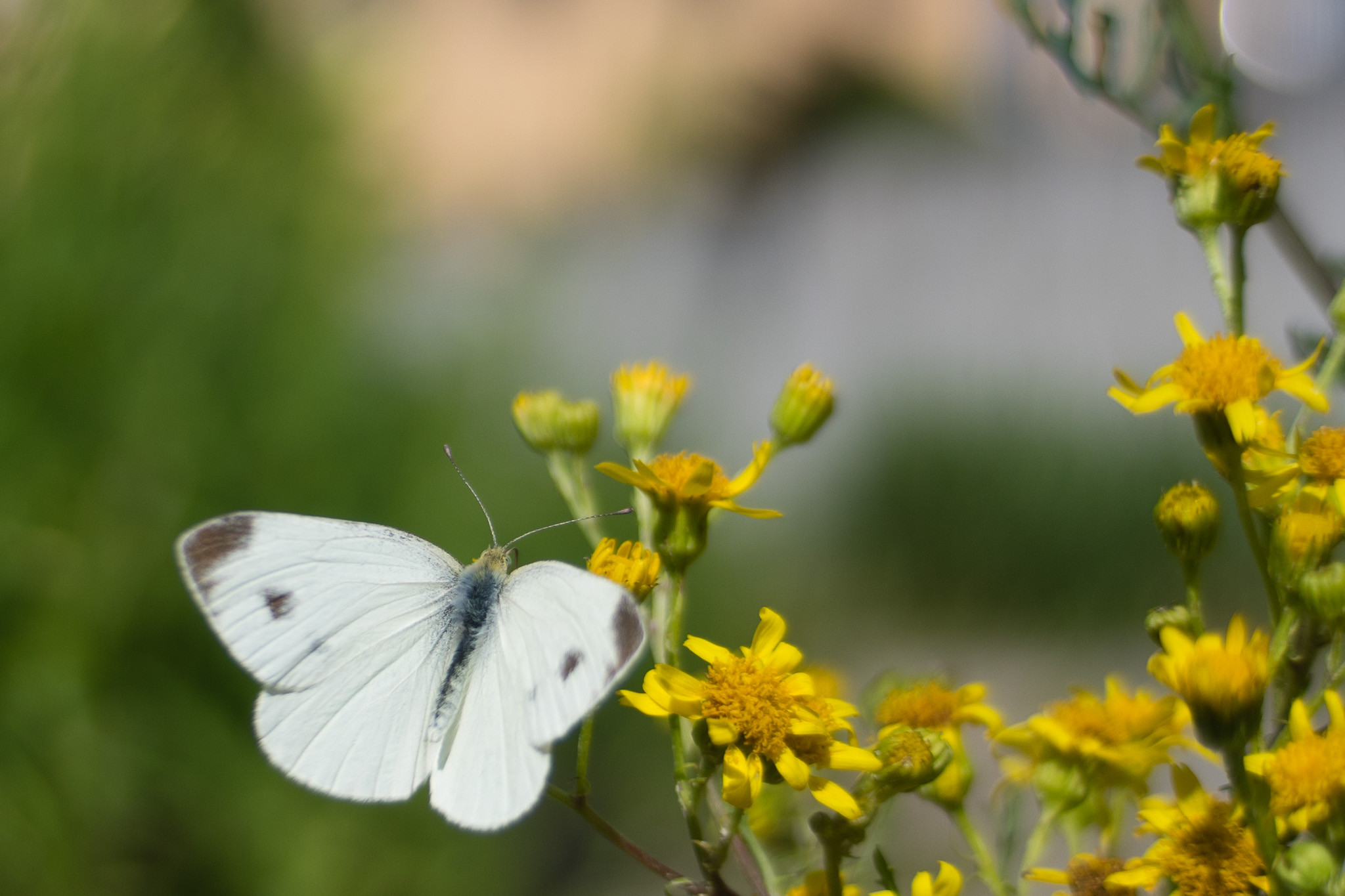 Wide open cropped sample from 3.2/35 lens
Wide open cropped sample from 3.2/35 lens
Heavily cropped image at wide aperture with the older 3.2/35, demonstrating sharpness even under magnification.
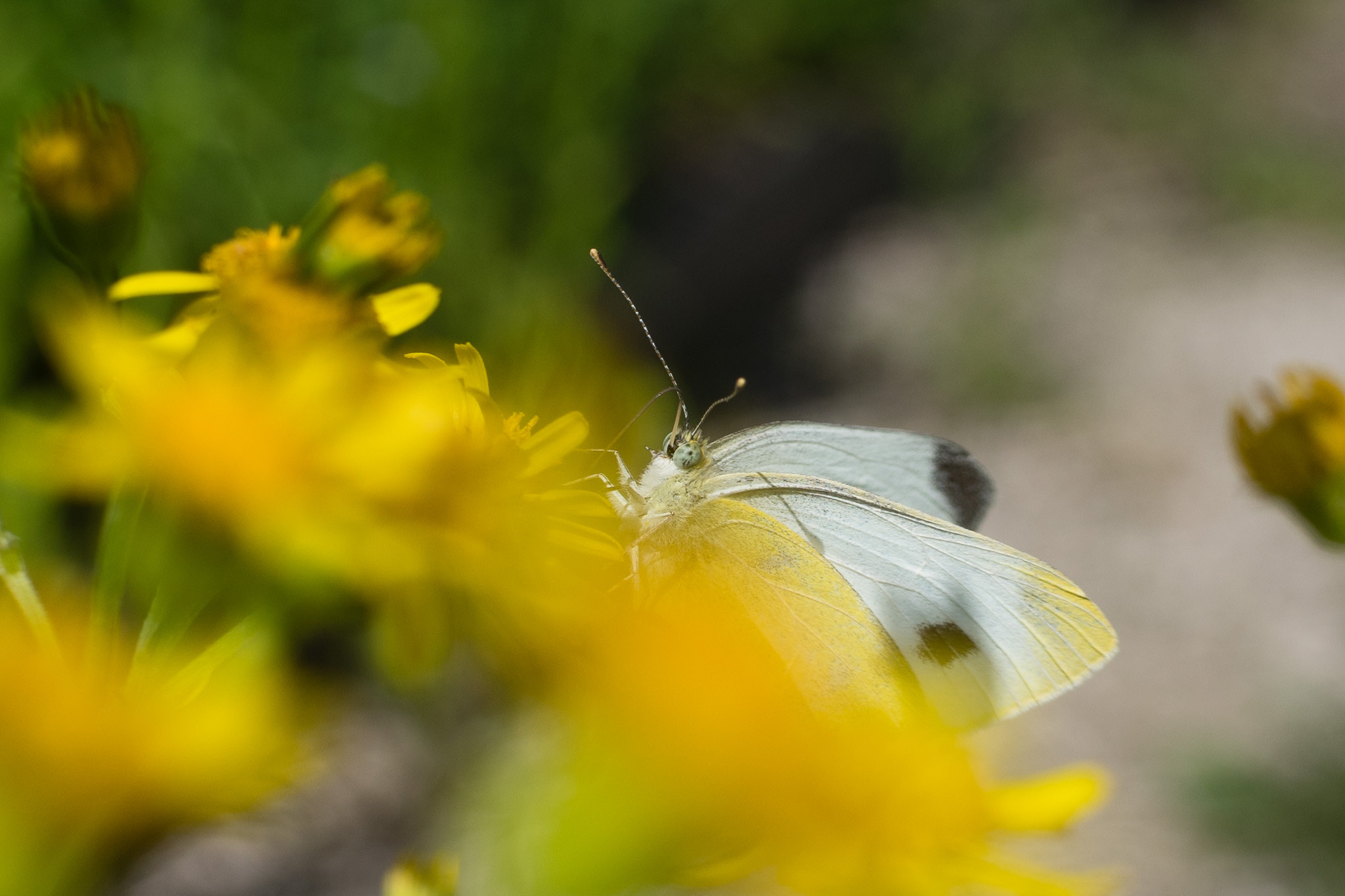 DSC04400 cropped sample from 3.2/35 lens
DSC04400 cropped sample from 3.2/35 lens
Cropped image from the older 3.2/35, further illustrating its detail rendition.
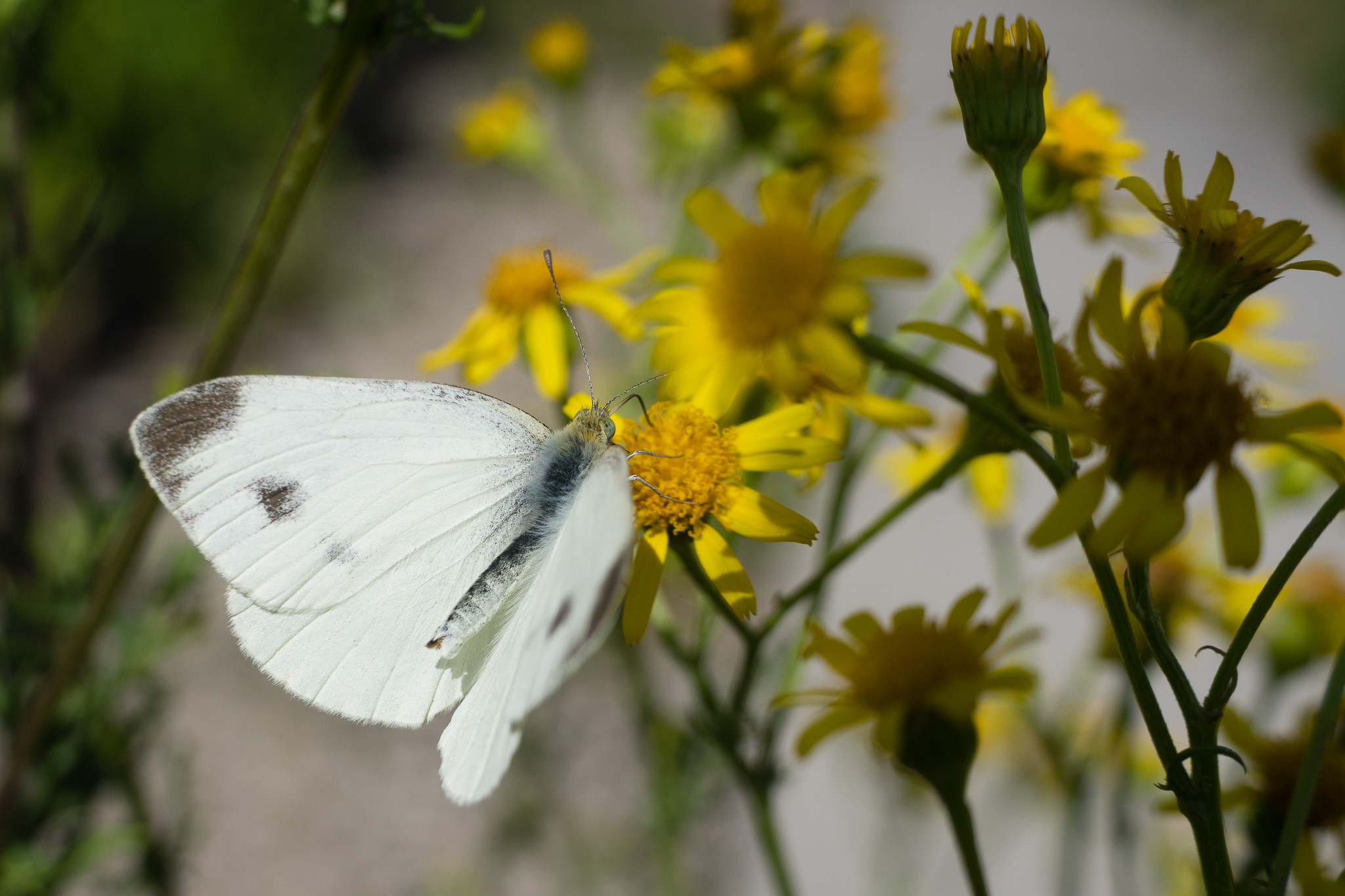 DSC04413 cropped sample from 3.2/35 lens
DSC04413 cropped sample from 3.2/35 lens
Another cropped sample from the older 3.2/35 lens, focusing on sharpness and detail.
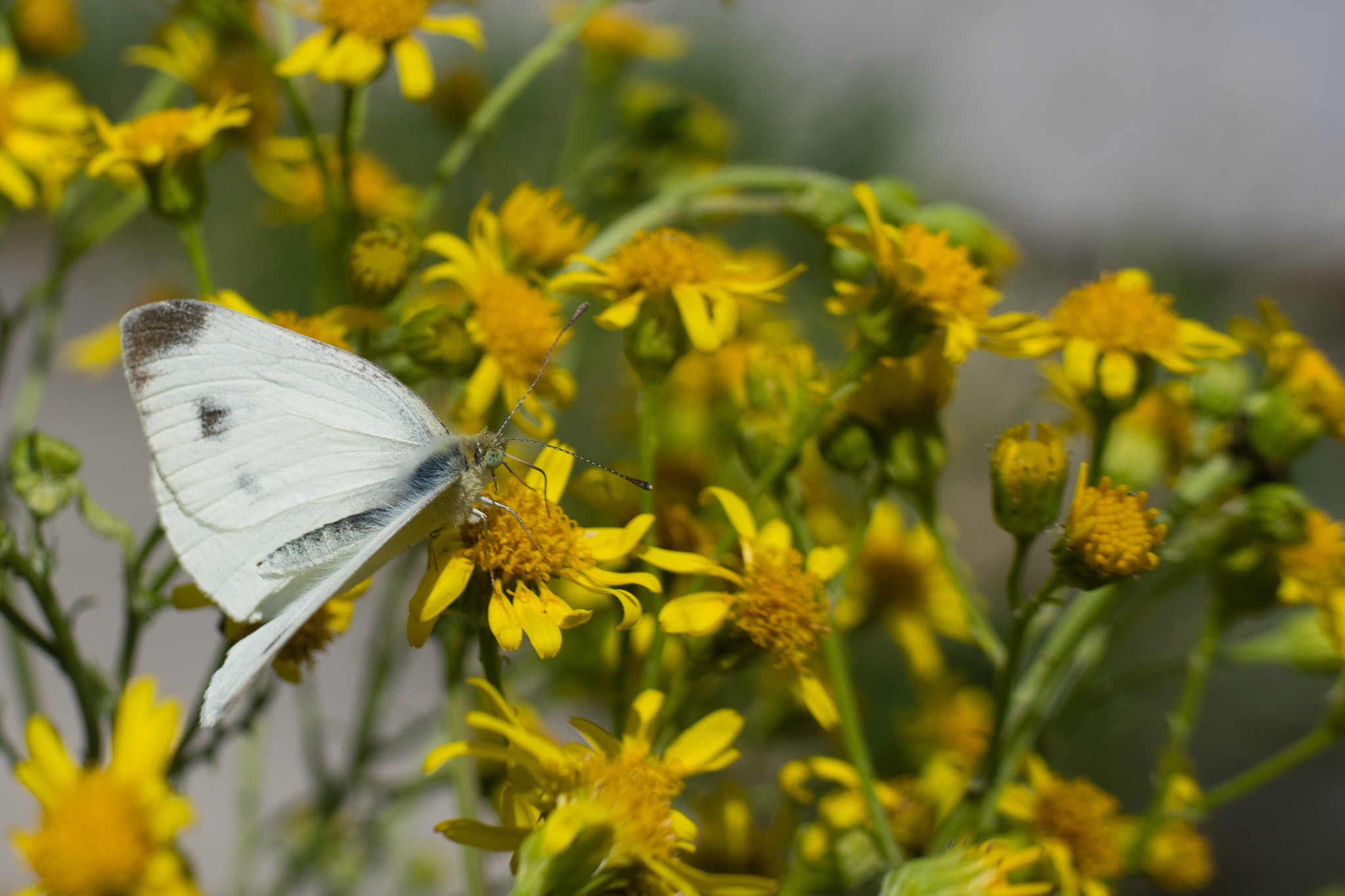 DSC04399 cropped sample from 3.2/35 lens
DSC04399 cropped sample from 3.2/35 lens
Final cropped example from the older 3.2/35 lens, emphasizing its performance in close-up scenarios.
3.2/35 (large, newer version):
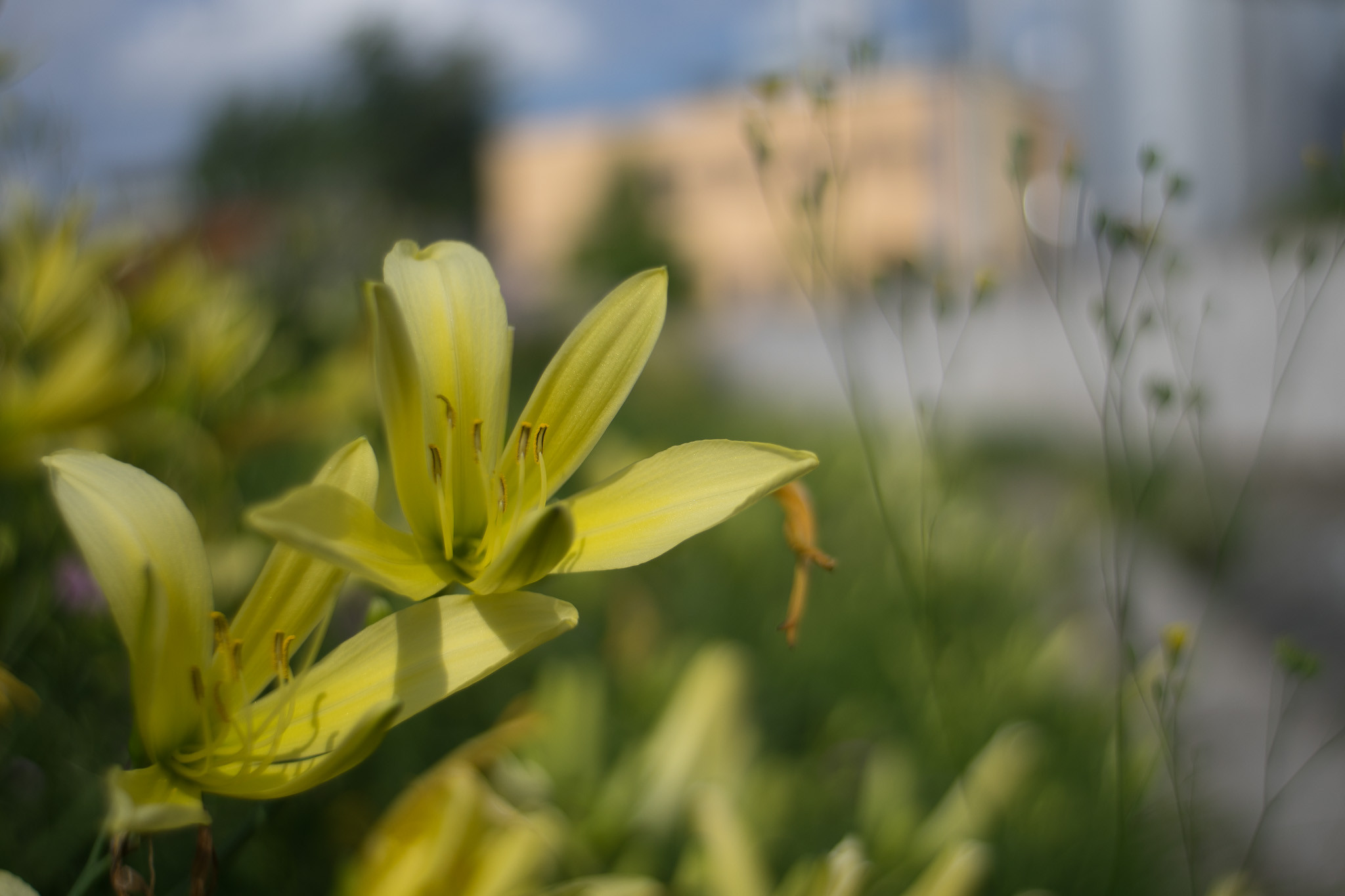 DSC04386
DSC04386
Image sample from the newer, larger 3.2/35 lens variant.
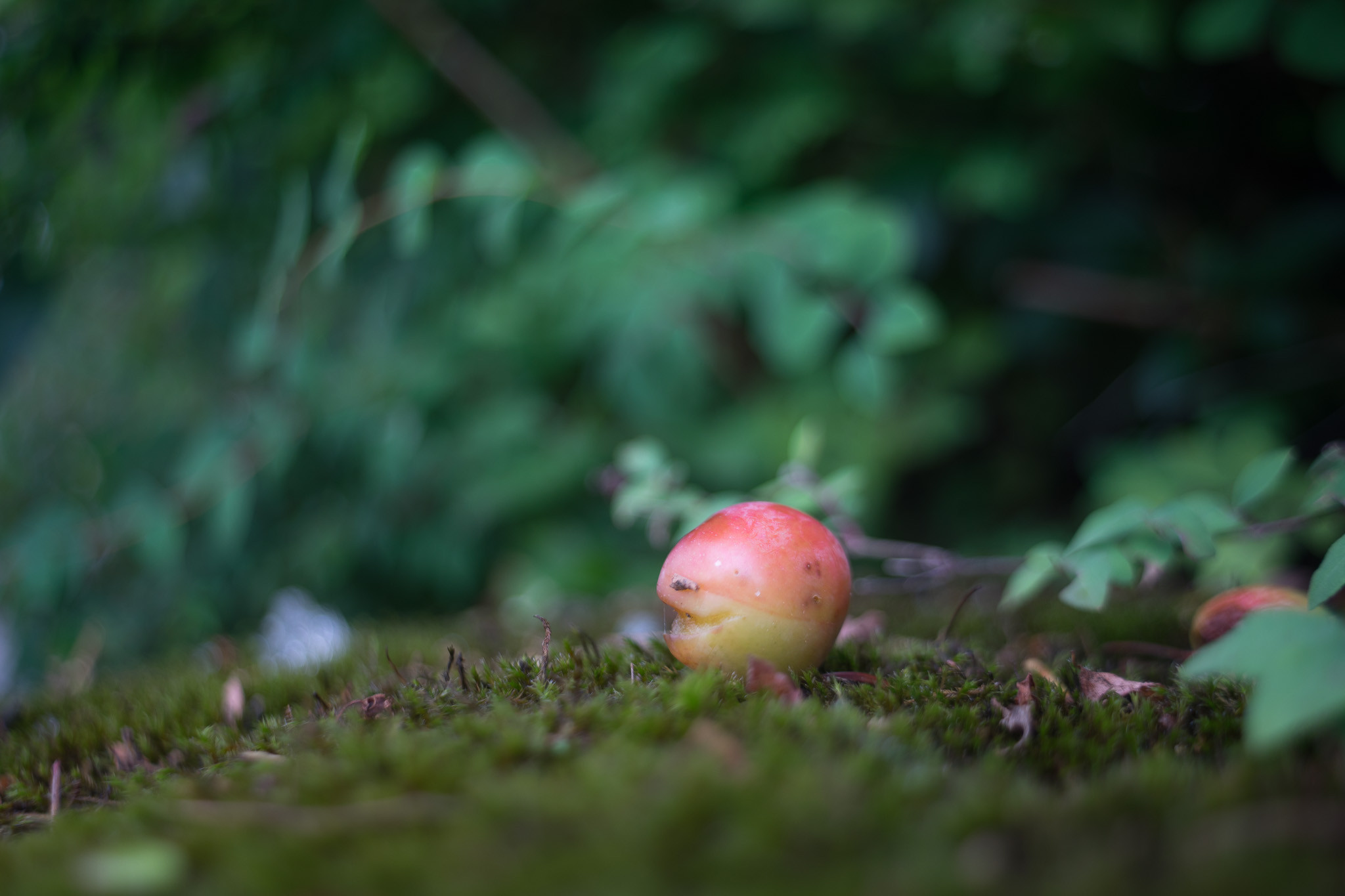 DSC04370
DSC04370
Another sample from the newer 3.2/35, showcasing its rendering style.
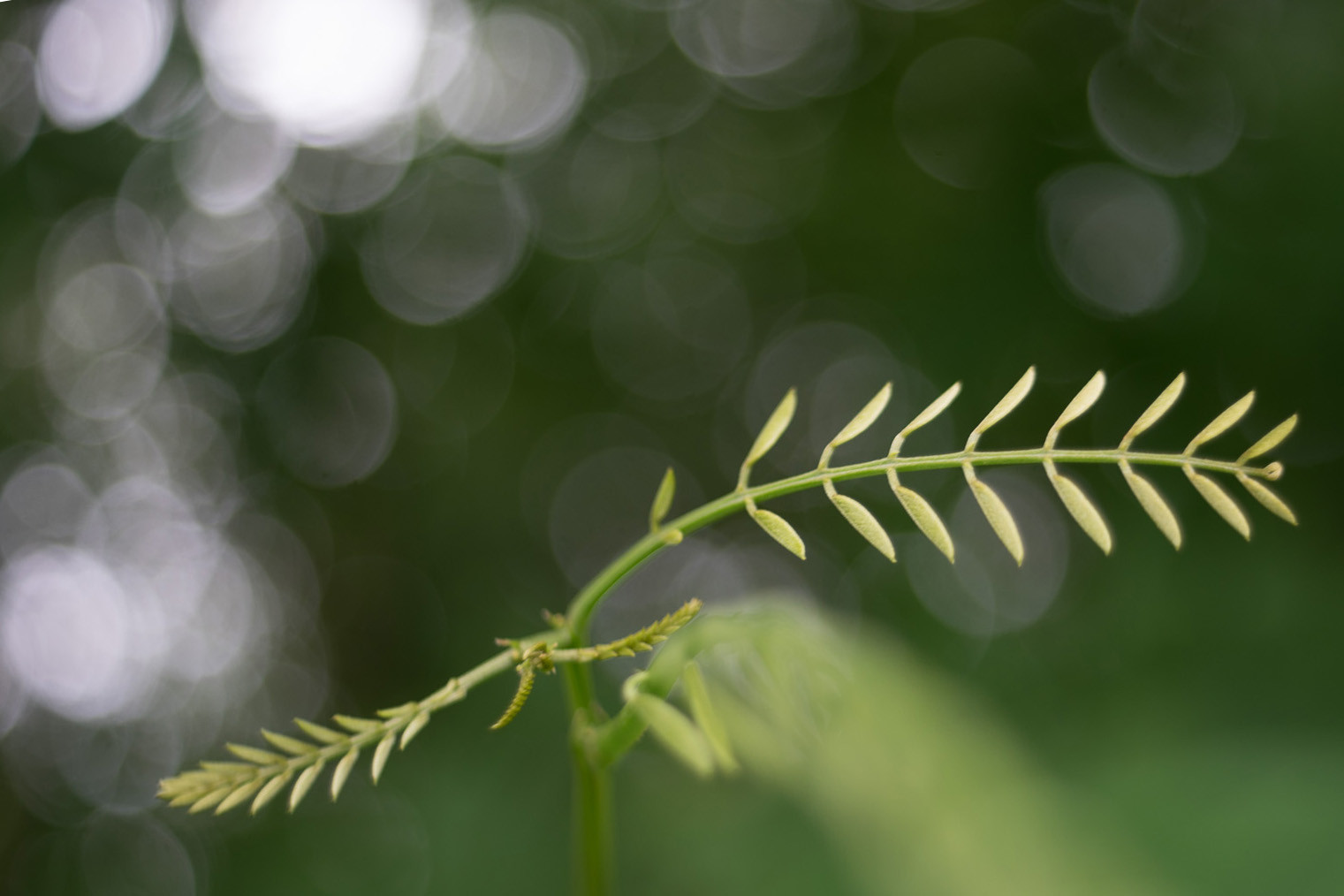 DSC04326
DSC04326
Image example from the newer 3.2/35, demonstrating color and sharpness.
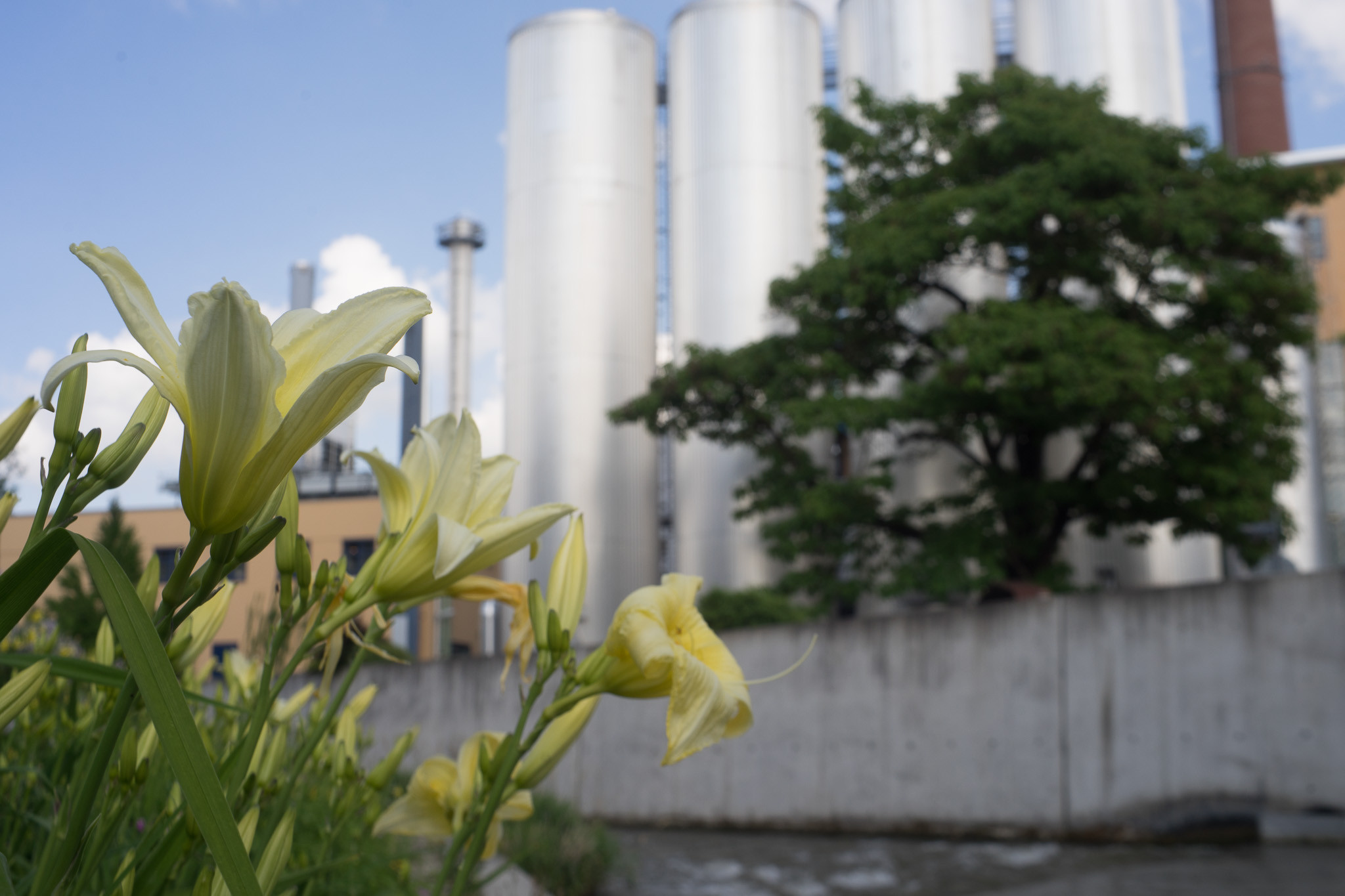 DSC04377
DSC04377
Sample image with the newer 3.2/35, highlighting its image characteristics.
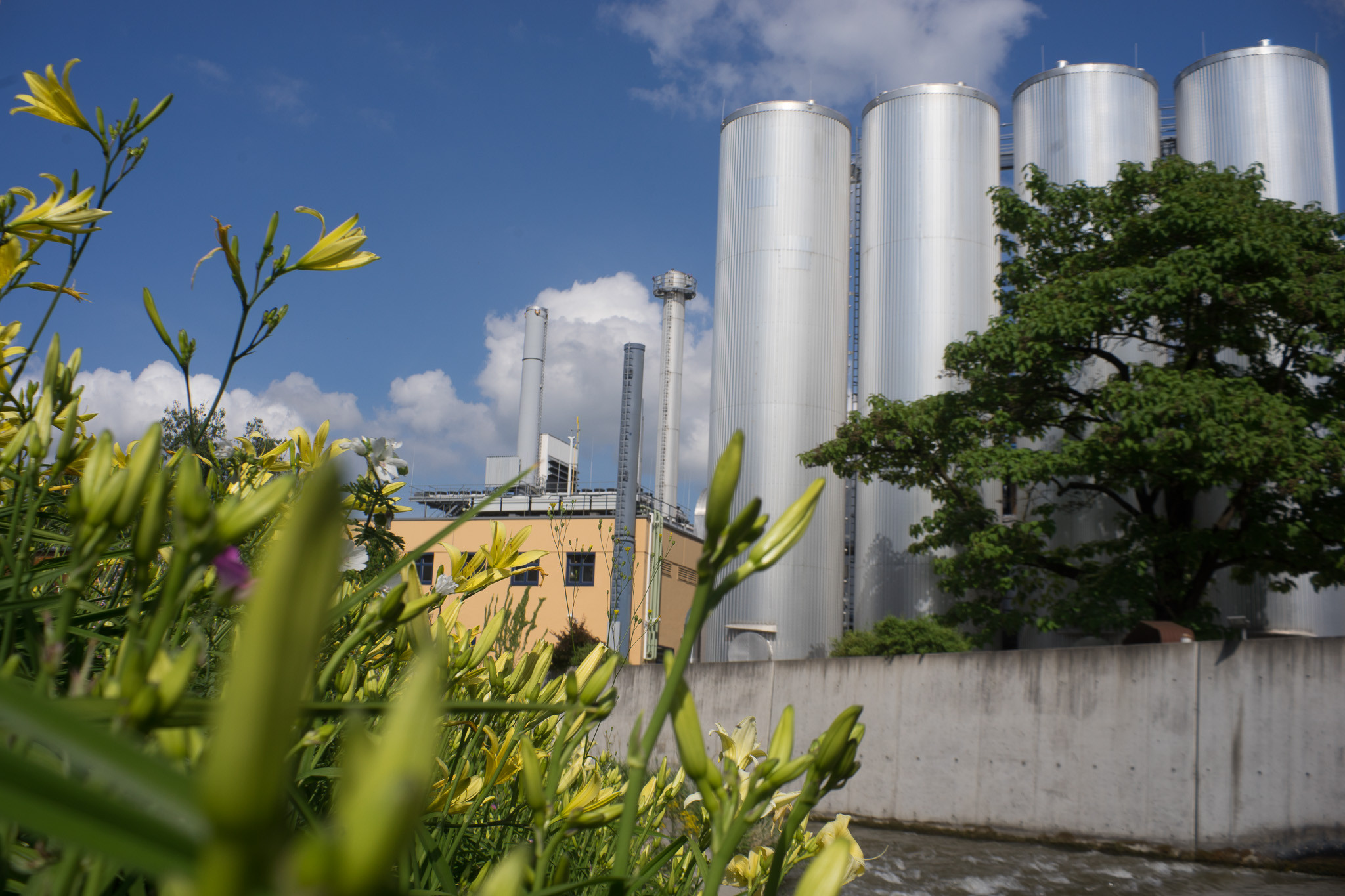 DSC04385
DSC04385
Another sample from the newer 3.2/35, showing its image quality in different conditions.
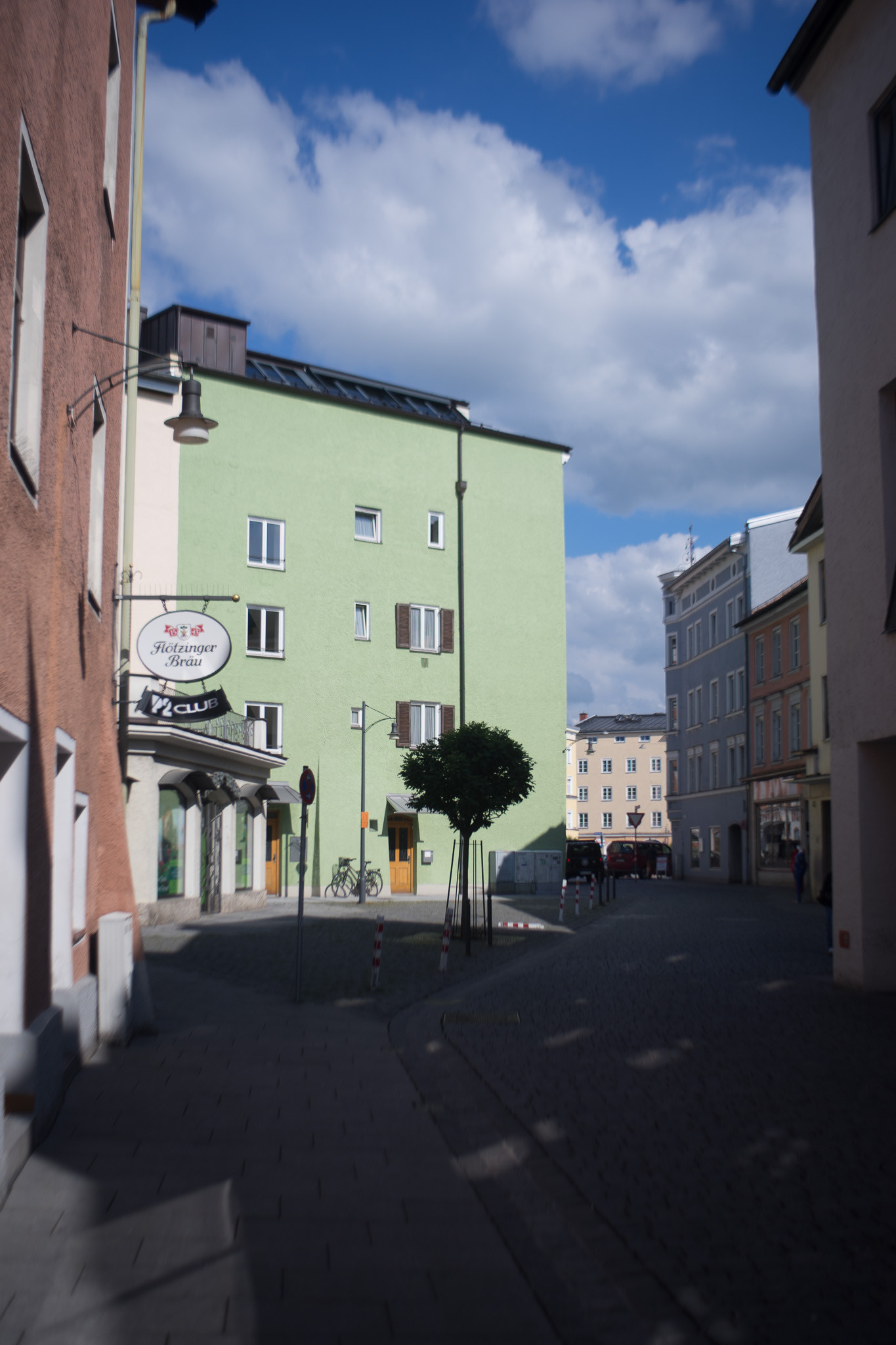 DSC04479
DSC04479
Final image example from the newer 3.2/35, showcasing its rendering and sharpness.
Strongly cropped samples (newer 3.2/35) – demonstrating the minimal impact of stopping down on sharpness:
 Open aperture cropped sample from newer 3.2/35 lens
Open aperture cropped sample from newer 3.2/35 lens
Cropped image at open aperture with the newer 3.2/35, illustrating sharpness even wide open.
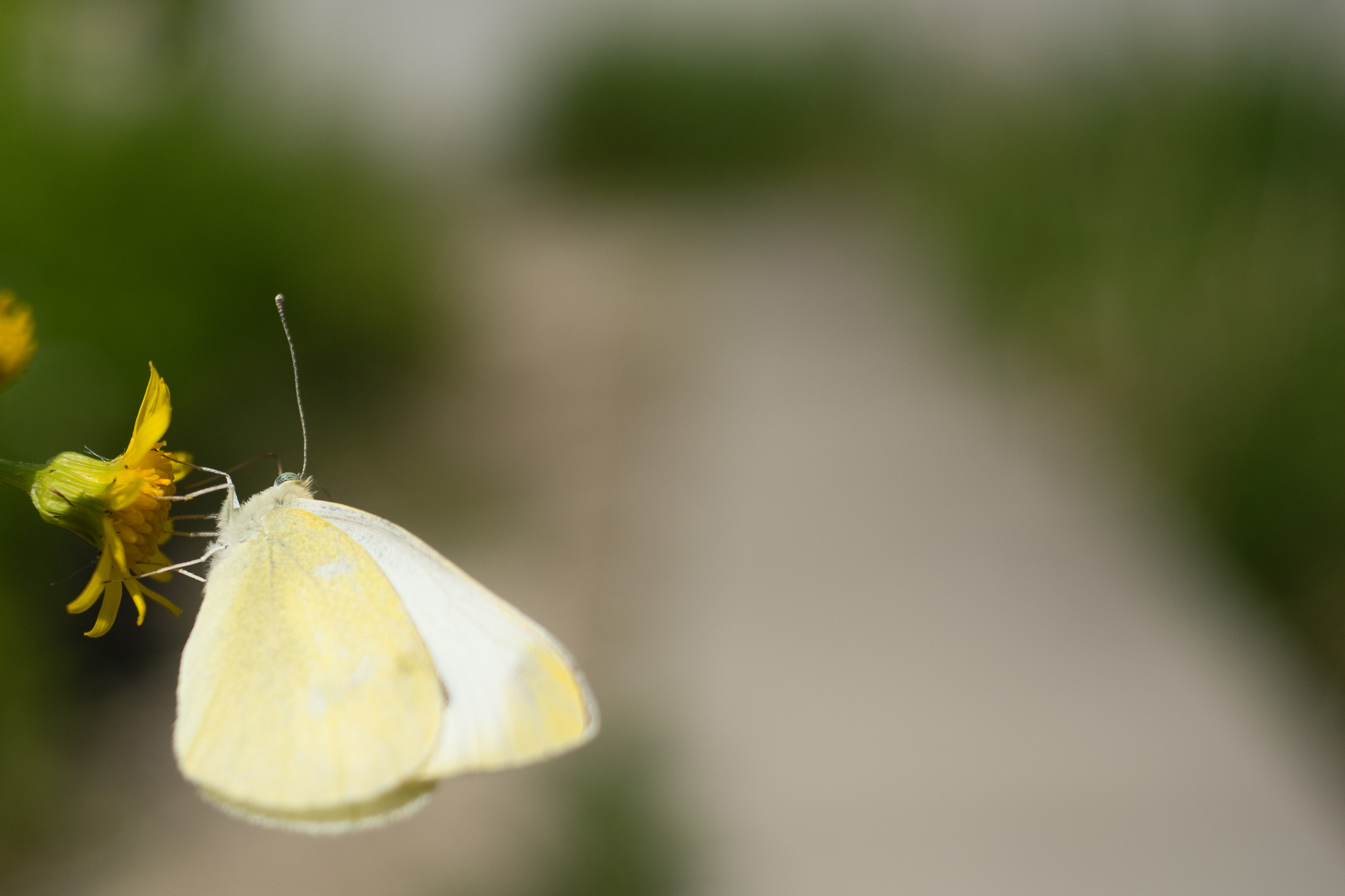 Open aperture (f/3.2) cropped sample from newer 3.2/35 lens
Open aperture (f/3.2) cropped sample from newer 3.2/35 lens
Cropped sample at f/3.2 with the newer 3.2/35, highlighting sharpness at its widest aperture.
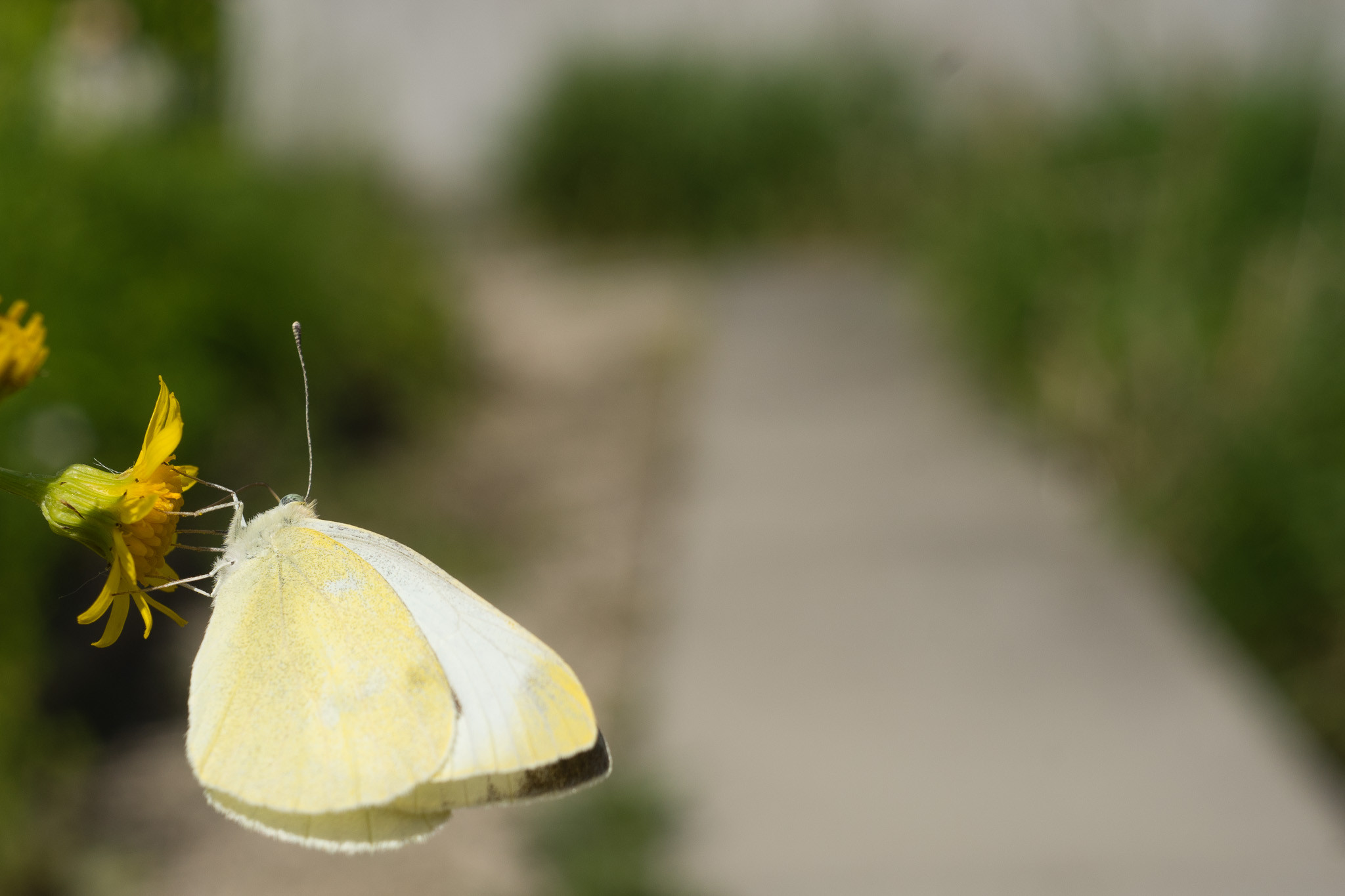 Two stops down cropped sample from newer 3.2/35 lens
Two stops down cropped sample from newer 3.2/35 lens
Cropped image two stops down from wide open with the newer 3.2/35, showing minimal sharpness increase.
3.2/85:
 DSC03370 sample from 3.2/85 lens
DSC03370 sample from 3.2/85 lens
Image sample from the 3.2/85 lens, demonstrating its rendering and detail.
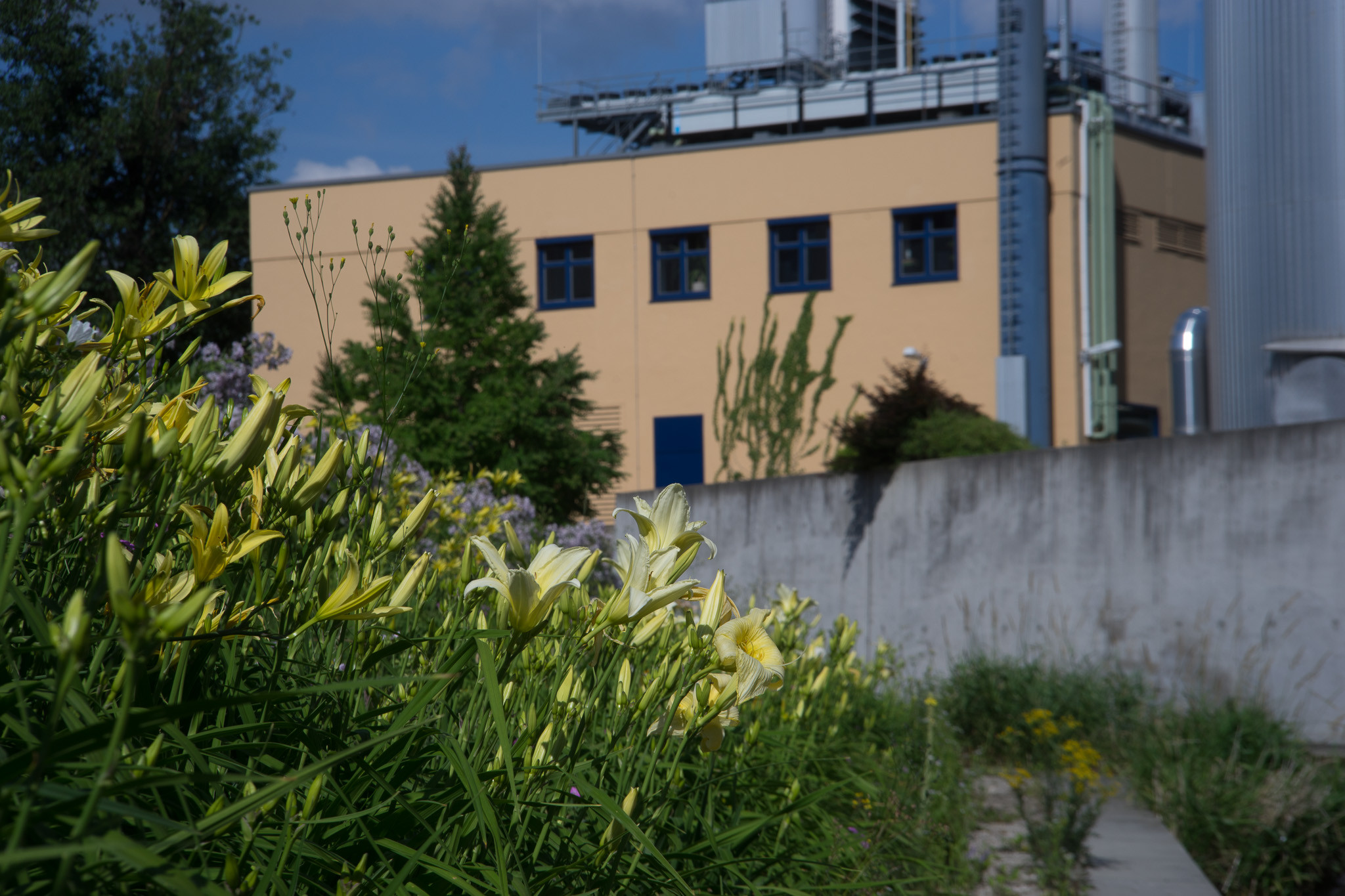 Stopped down (close) sample from 3.2/85 lens
Stopped down (close) sample from 3.2/85 lens
Stopped down aperture close-up with the 3.2/85, showcasing sharpness and detail at close range.
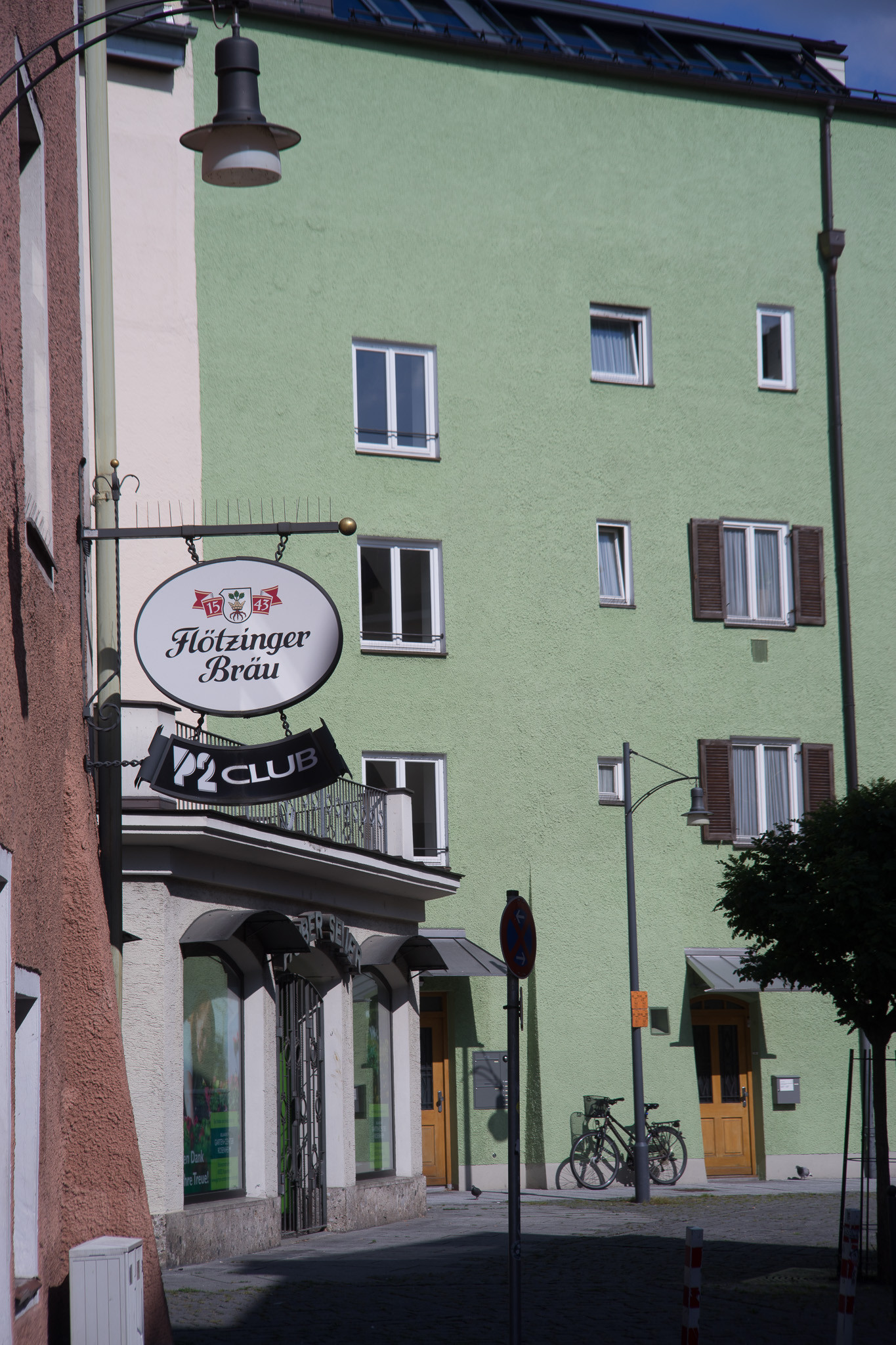 DSC04477 sample from 3.2/85 lens
DSC04477 sample from 3.2/85 lens
Another image sample from the 3.2/85 lens, showing its overall image quality.
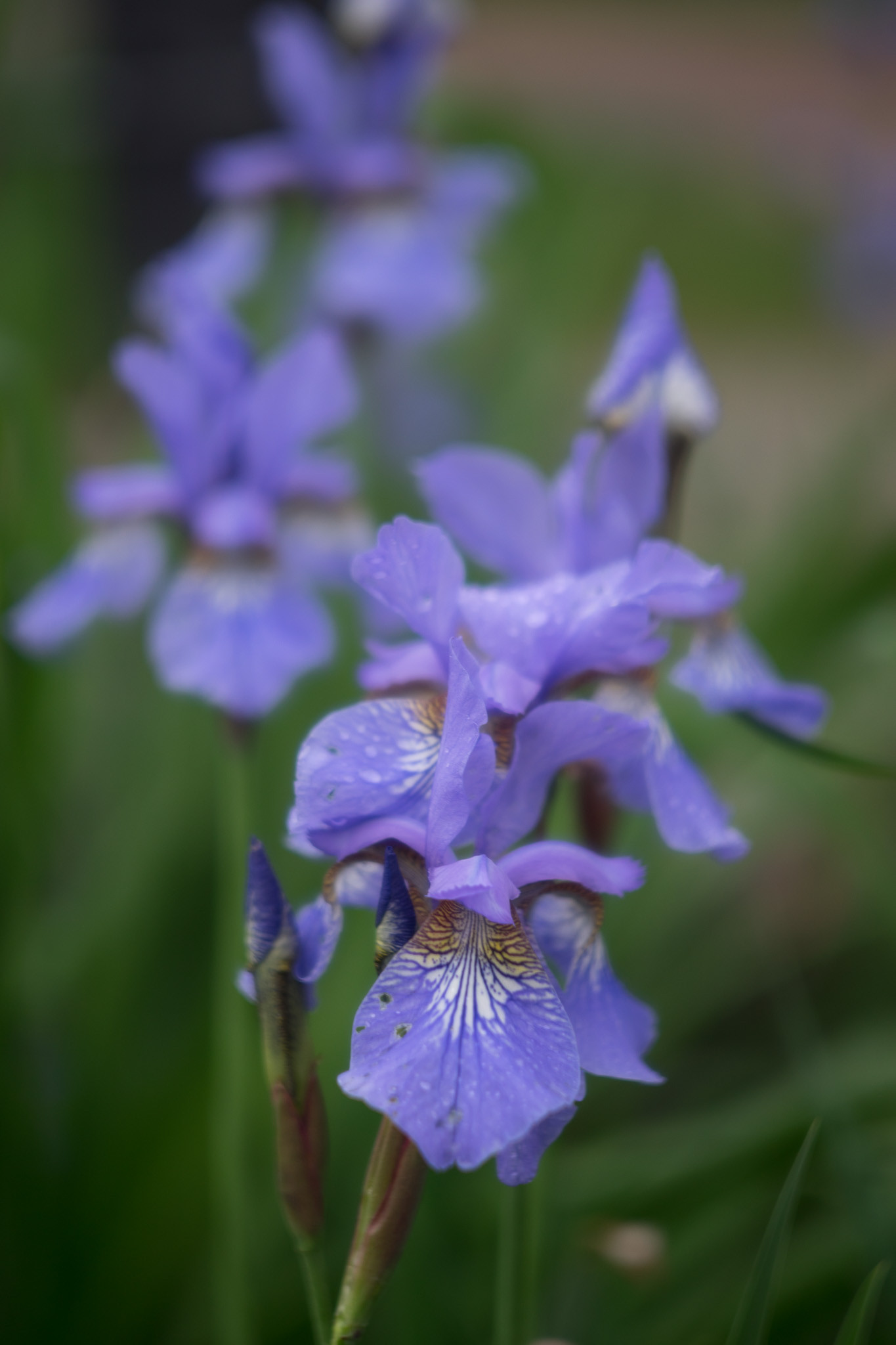 DSC03385 sample from 3.2/85 lens
DSC03385 sample from 3.2/85 lens
Further image example from the 3.2/85, highlighting its rendering characteristics.
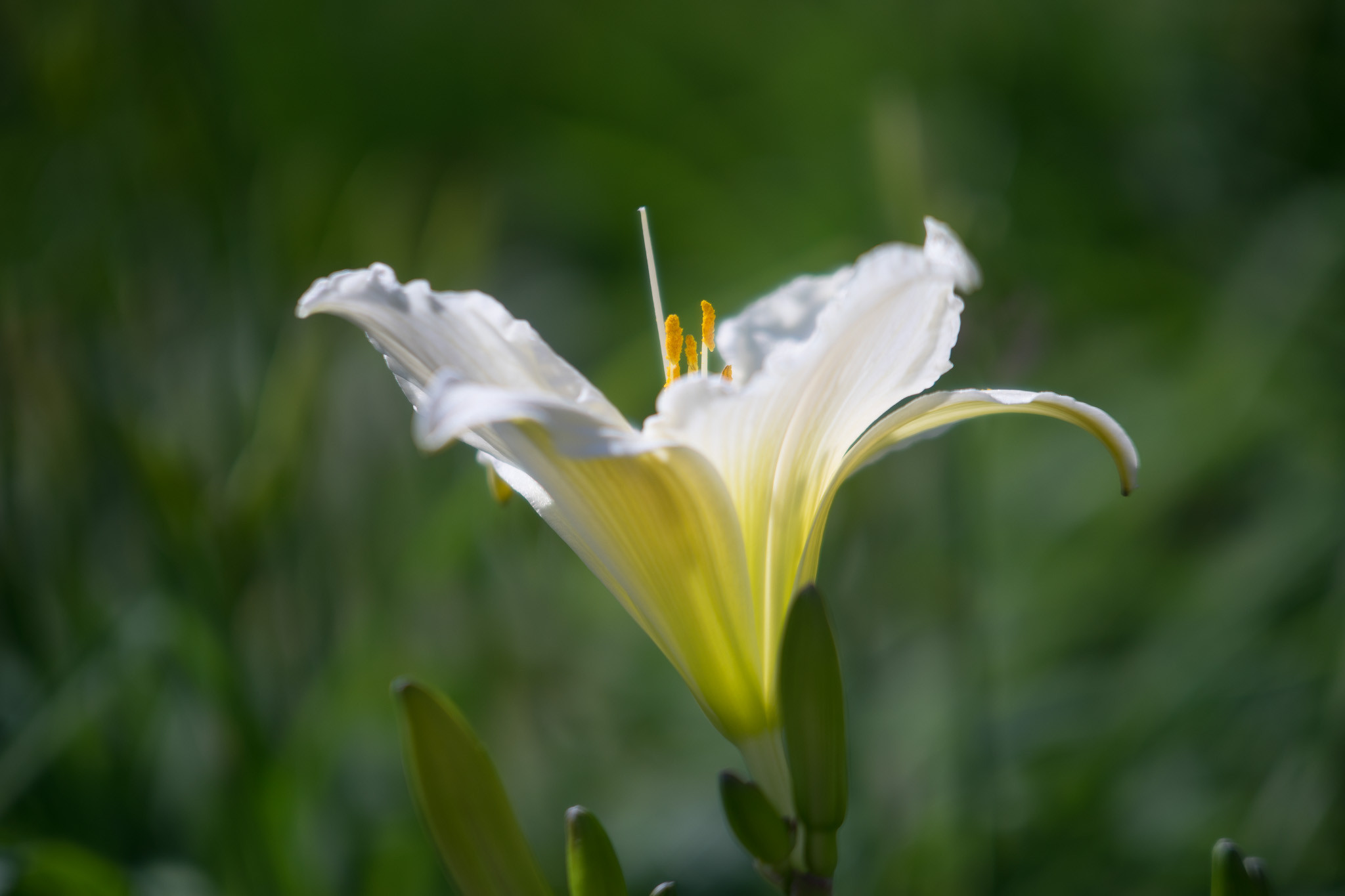 DSC04449 sample from 3.2/85 lens
DSC04449 sample from 3.2/85 lens
Another sample from the 3.2/85 lens, demonstrating its detail and color rendition.
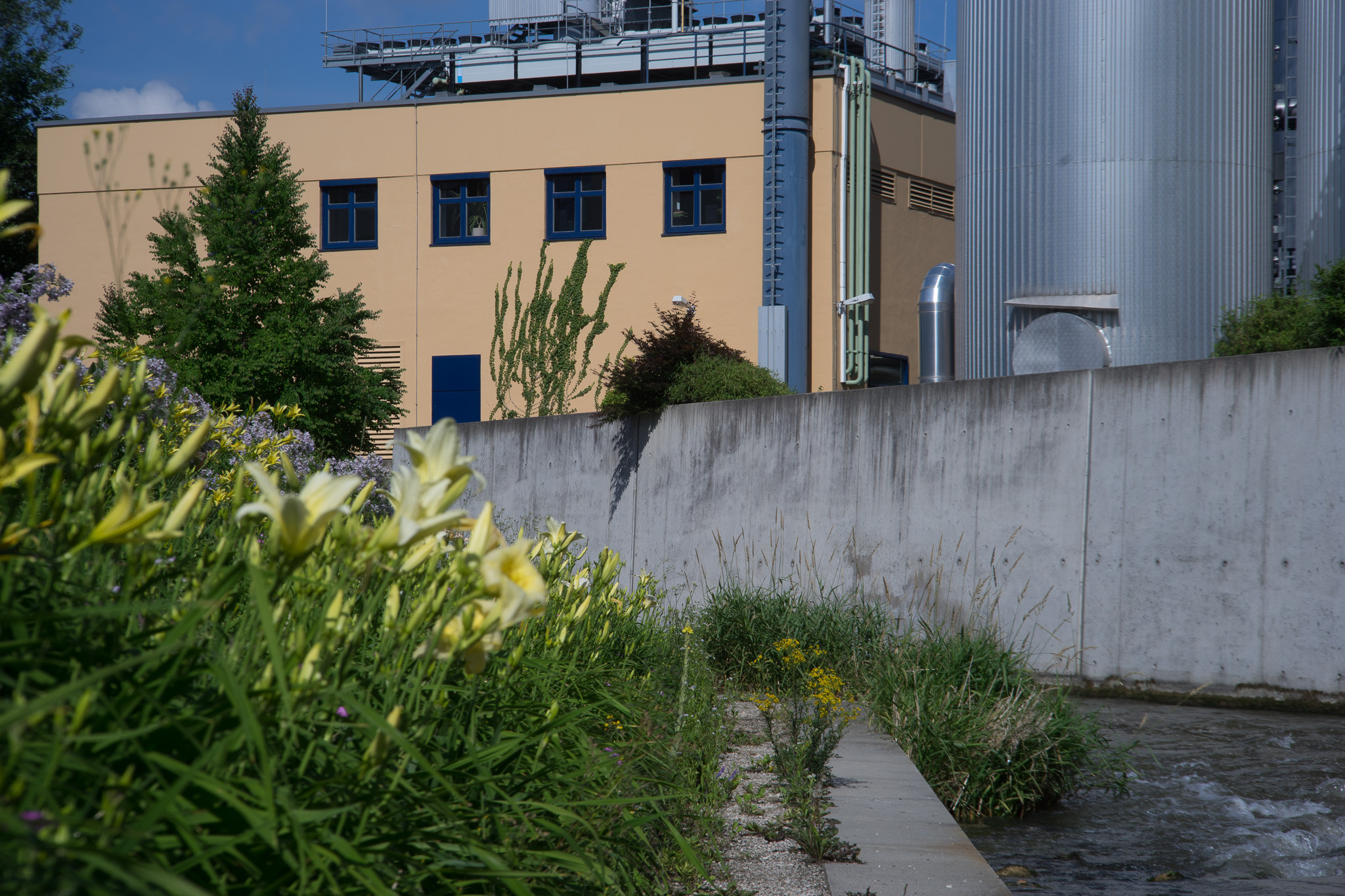 Stopped down (infinity) sample from 3.2/85 lens
Stopped down (infinity) sample from 3.2/85 lens
Stopped down aperture shot at infinity with the 3.2/85, showing distance sharpness.
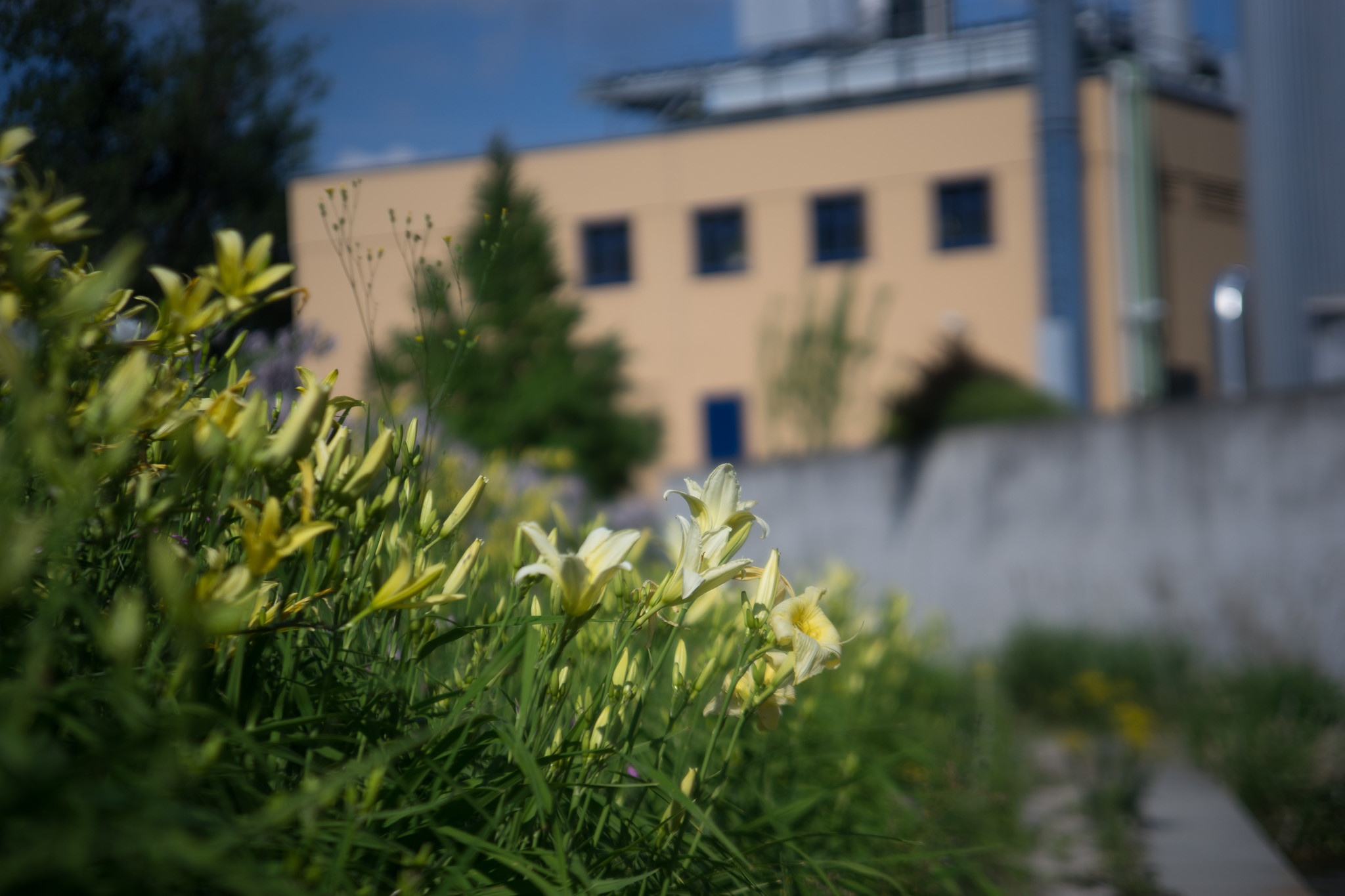 Open aperture (close) sample from 3.2/85 lens
Open aperture (close) sample from 3.2/85 lens
Open aperture close-up with the 3.2/85, emphasizing its bokeh and shallow depth of field.
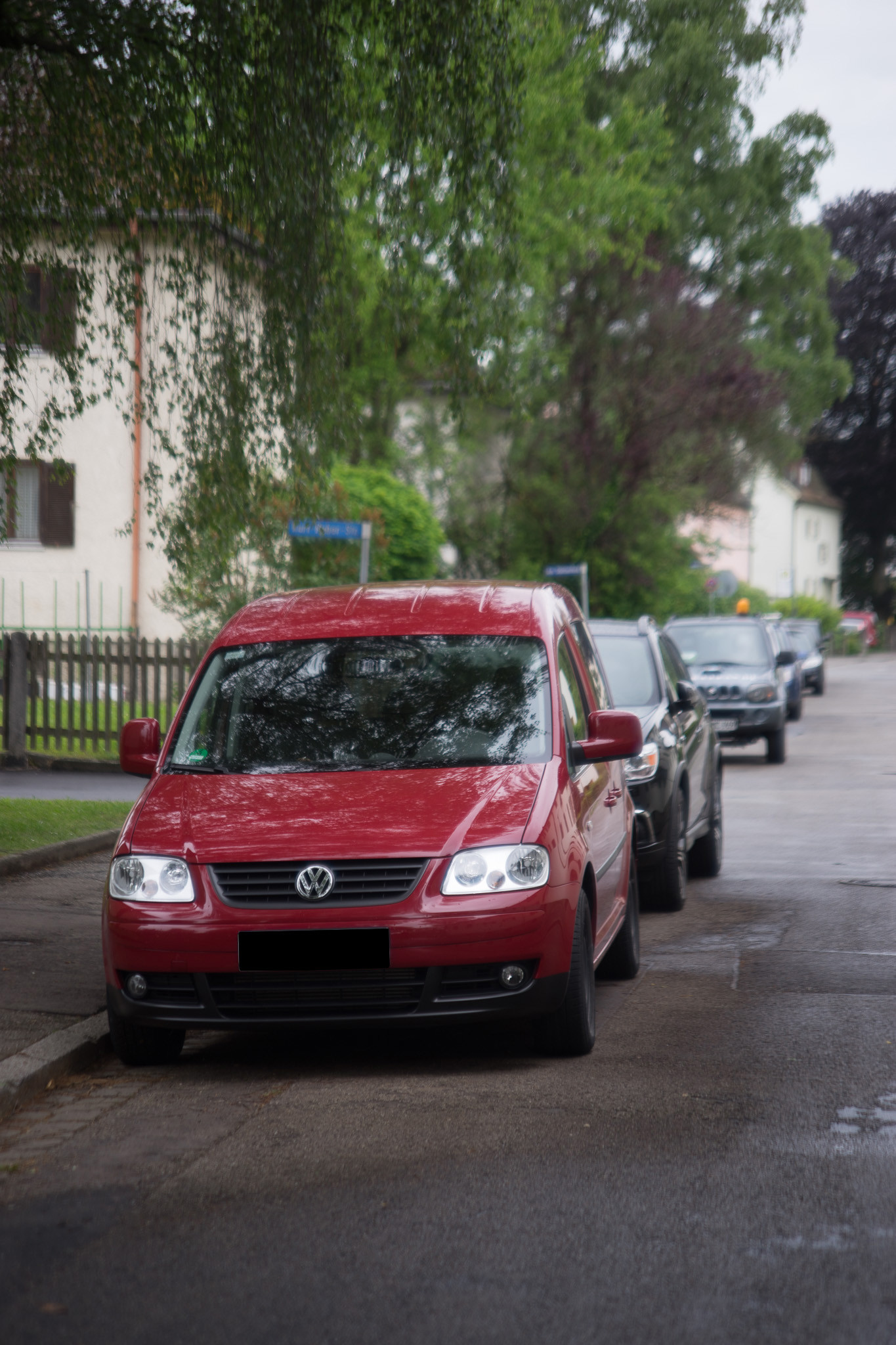 DSC03376 sample from 3.2/85 lens
DSC03376 sample from 3.2/85 lens
Final image example from the 3.2/85 lens, highlighting its vintage rendering.
4/115:
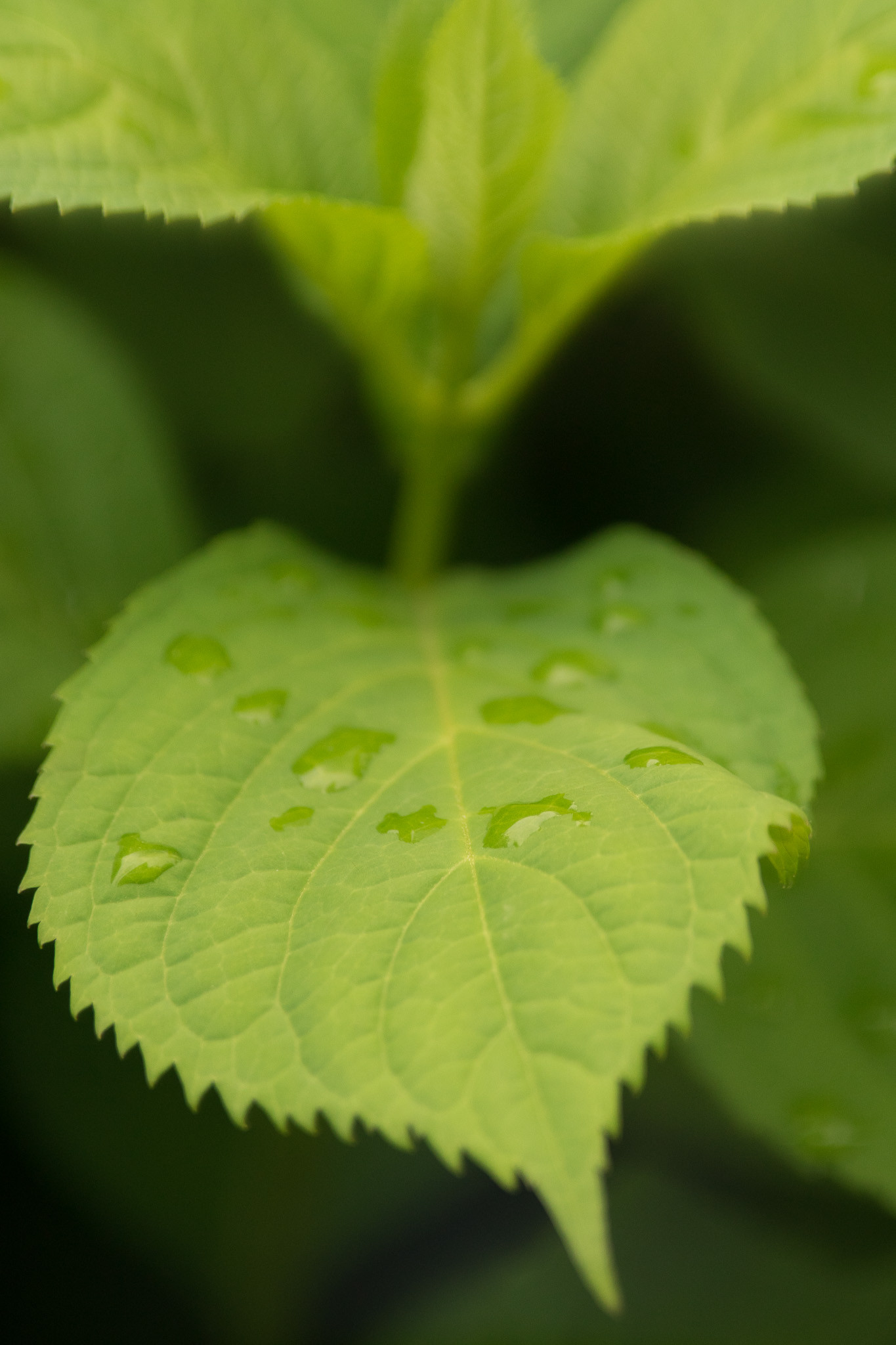 DSC04294 sample from 4/115 lens
DSC04294 sample from 4/115 lens
Image sample from the 4/115 lens, showcasing its unique perspective.
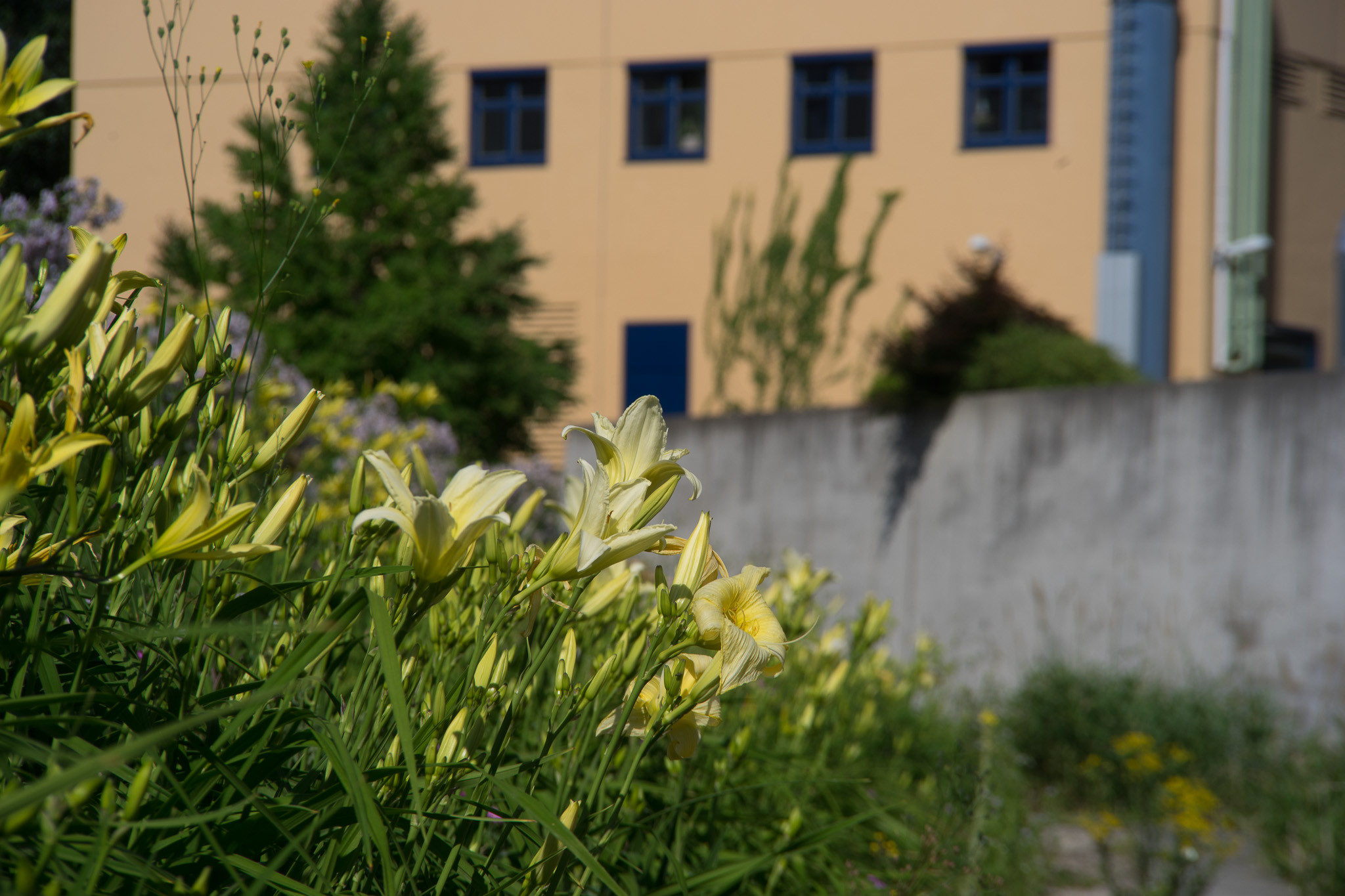 DSC04463 sample from 4/115 lens
DSC04463 sample from 4/115 lens
Another image example from the 4/115 lens, demonstrating its image quality.
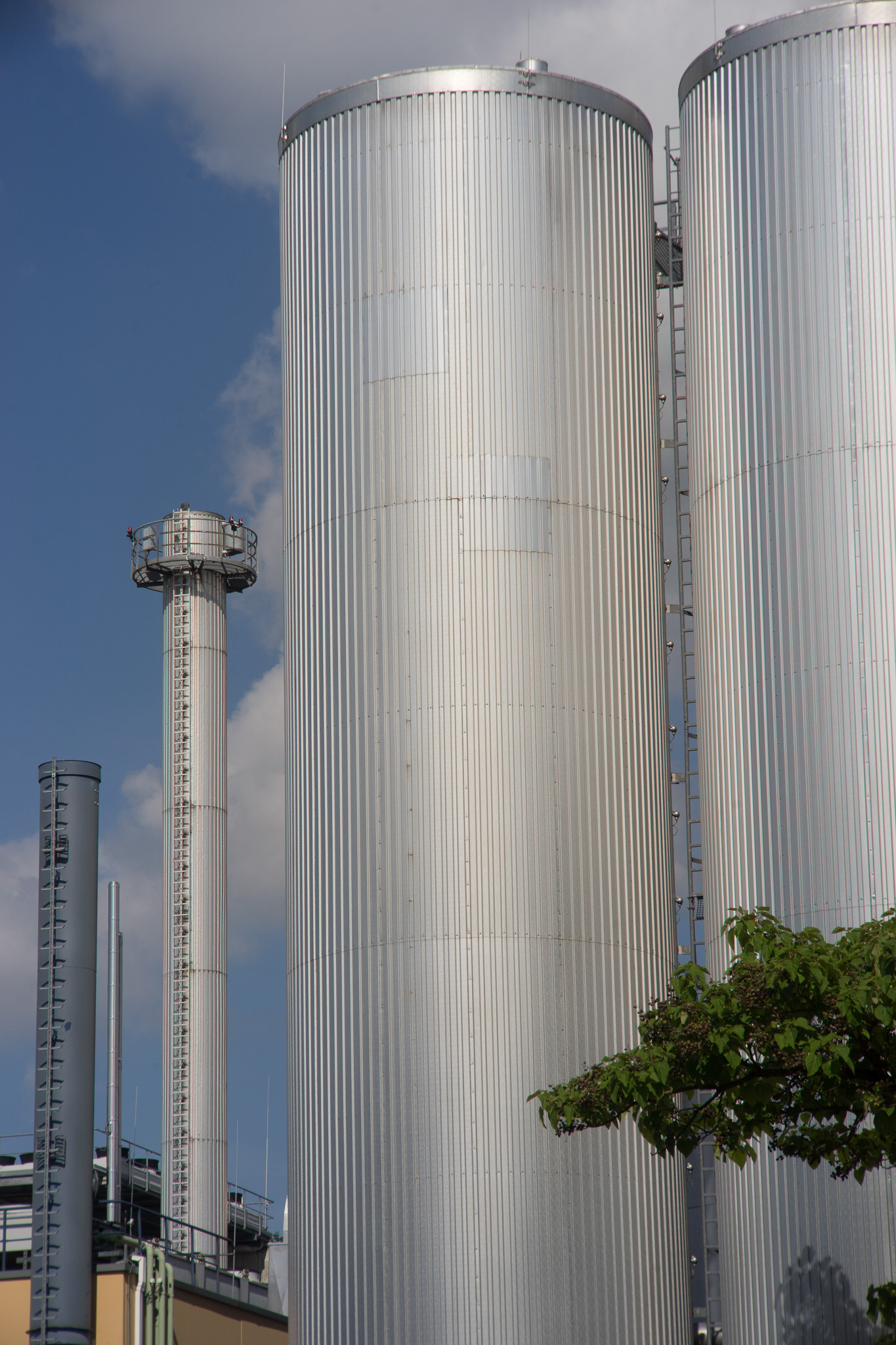 DSC04466 sample from 4/115 lens
DSC04466 sample from 4/115 lens
Further sample from the 4/115, highlighting its rendering capabilities.
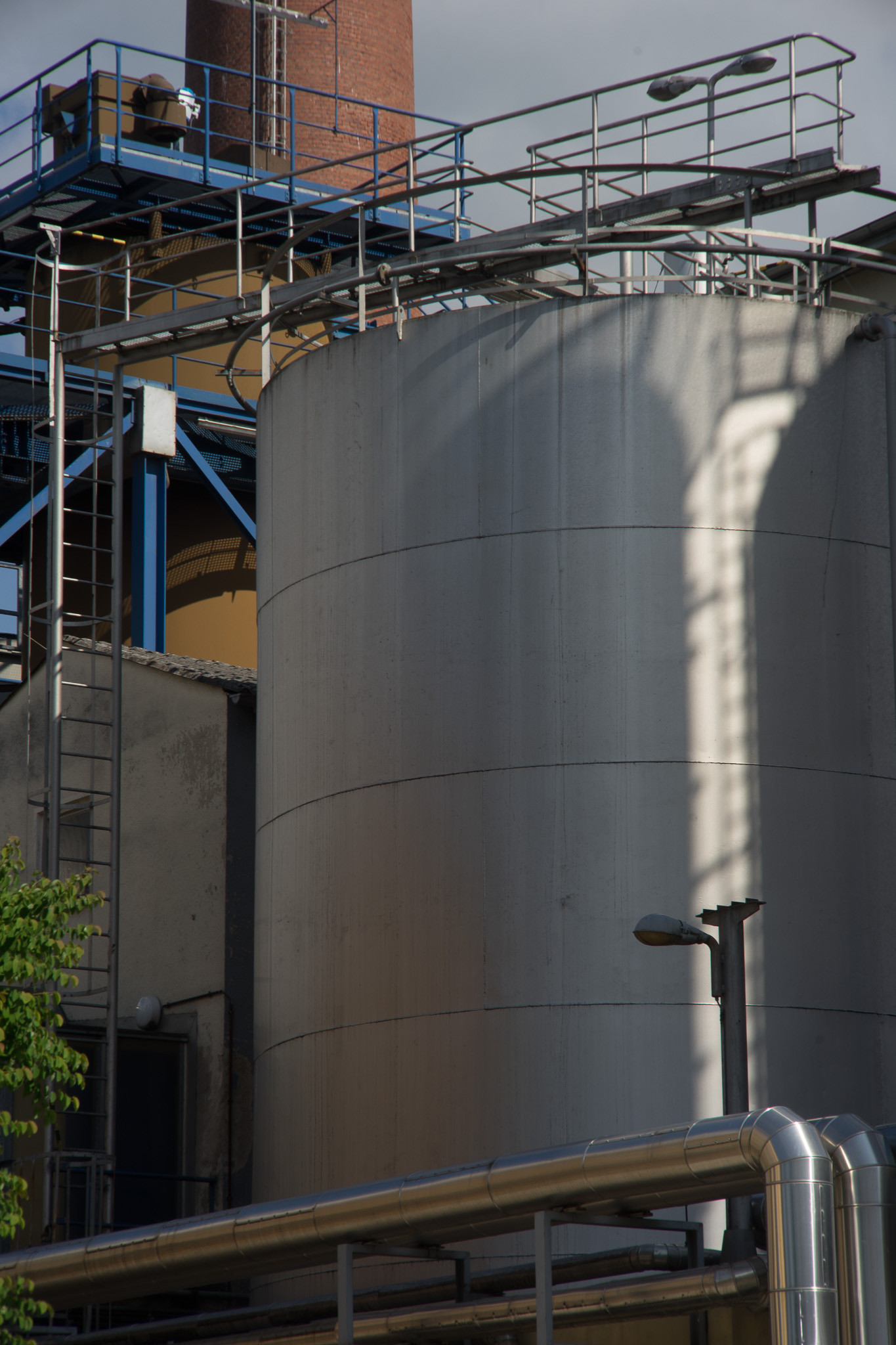 DSC04467 sample from 4/115 lens
DSC04467 sample from 4/115 lens
Final image example from the 4/115, showcasing its unique characteristics.
Finally, a few processed samples (all 4/115):
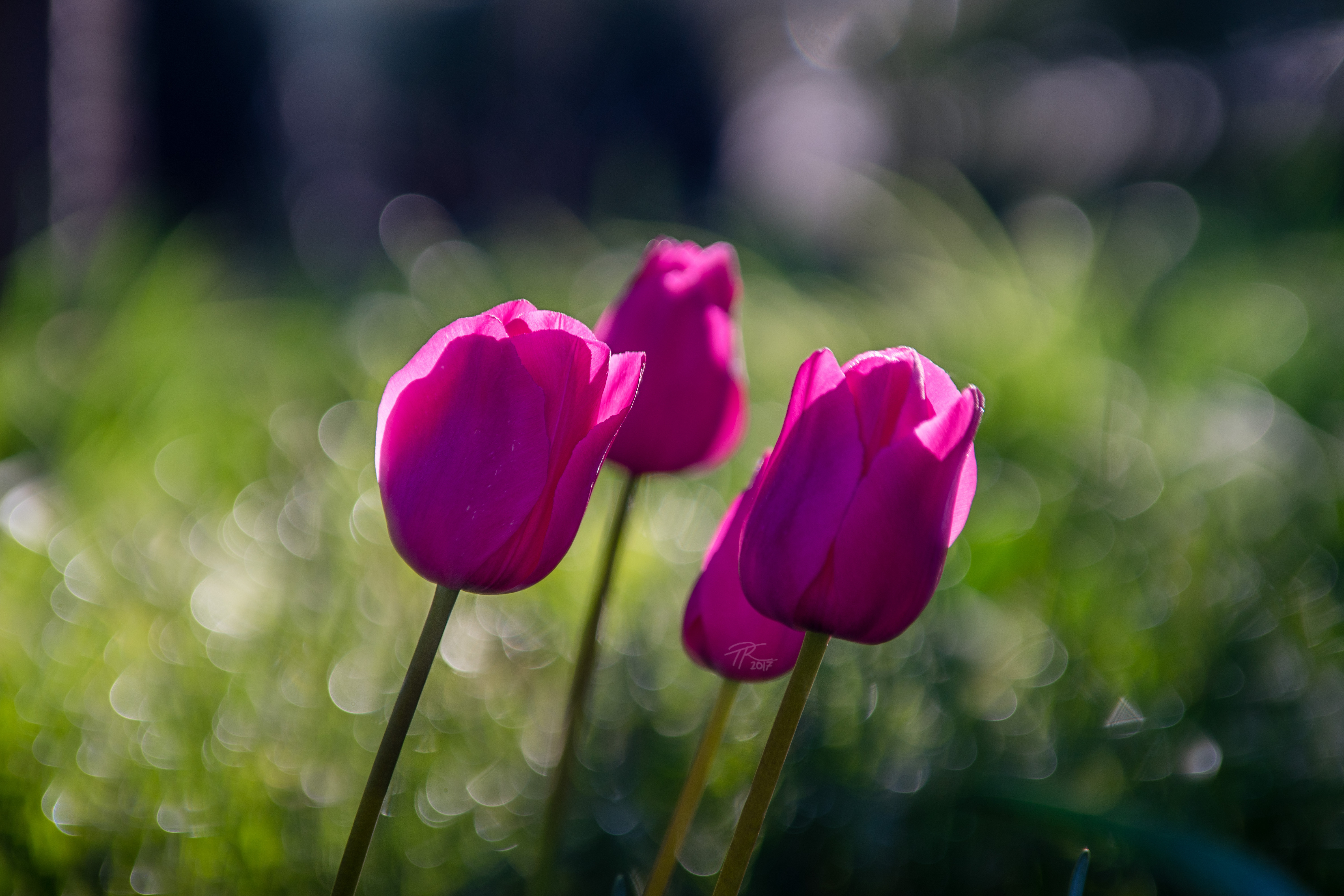 Funky bokeh processed sample from 4/115 lens
Funky bokeh processed sample from 4/115 lens
Processed image showcasing funky bokeh and absence of bokeh fringing with the 4/115 lens.
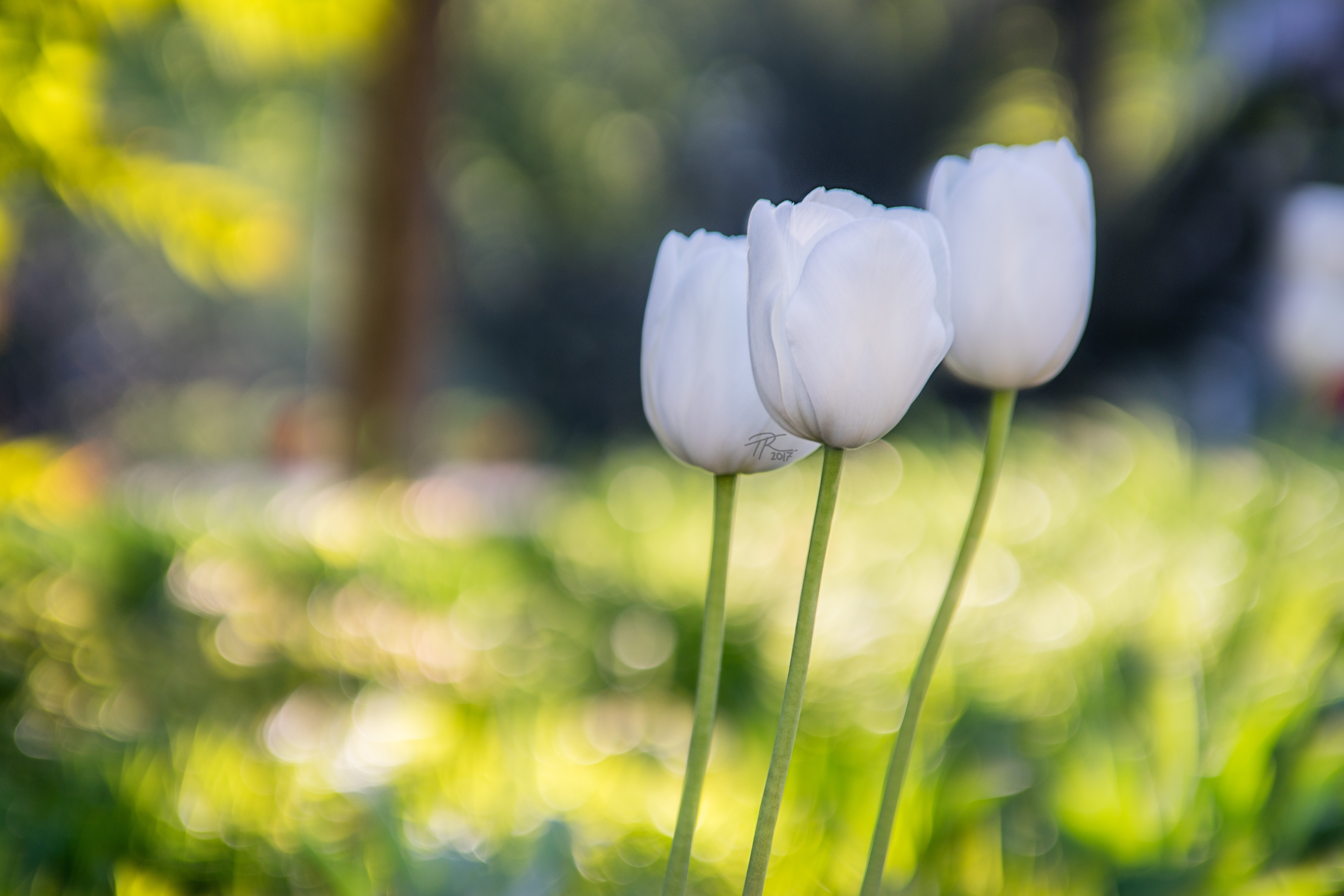 Funky bokeh no fringing processed sample from 4/115 lens
Funky bokeh no fringing processed sample from 4/115 lens
Processed image demonstrating funky bokeh and no fringing with the 4/115 lens.
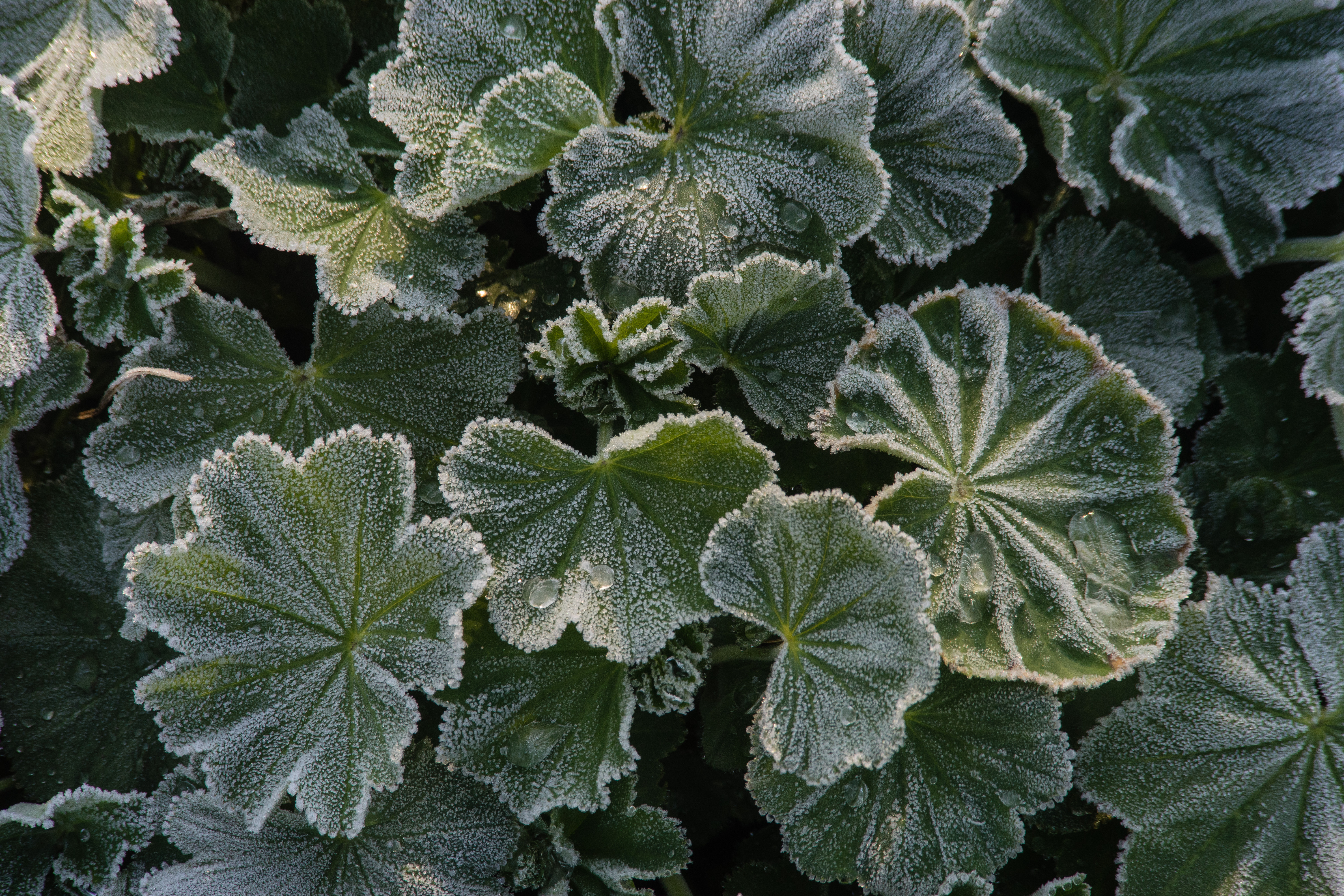 DSC05091 processed sample from 4/115 lens
DSC05091 processed sample from 4/115 lens
Processed image sample from the 4/155 lens, showing post-processing potential.
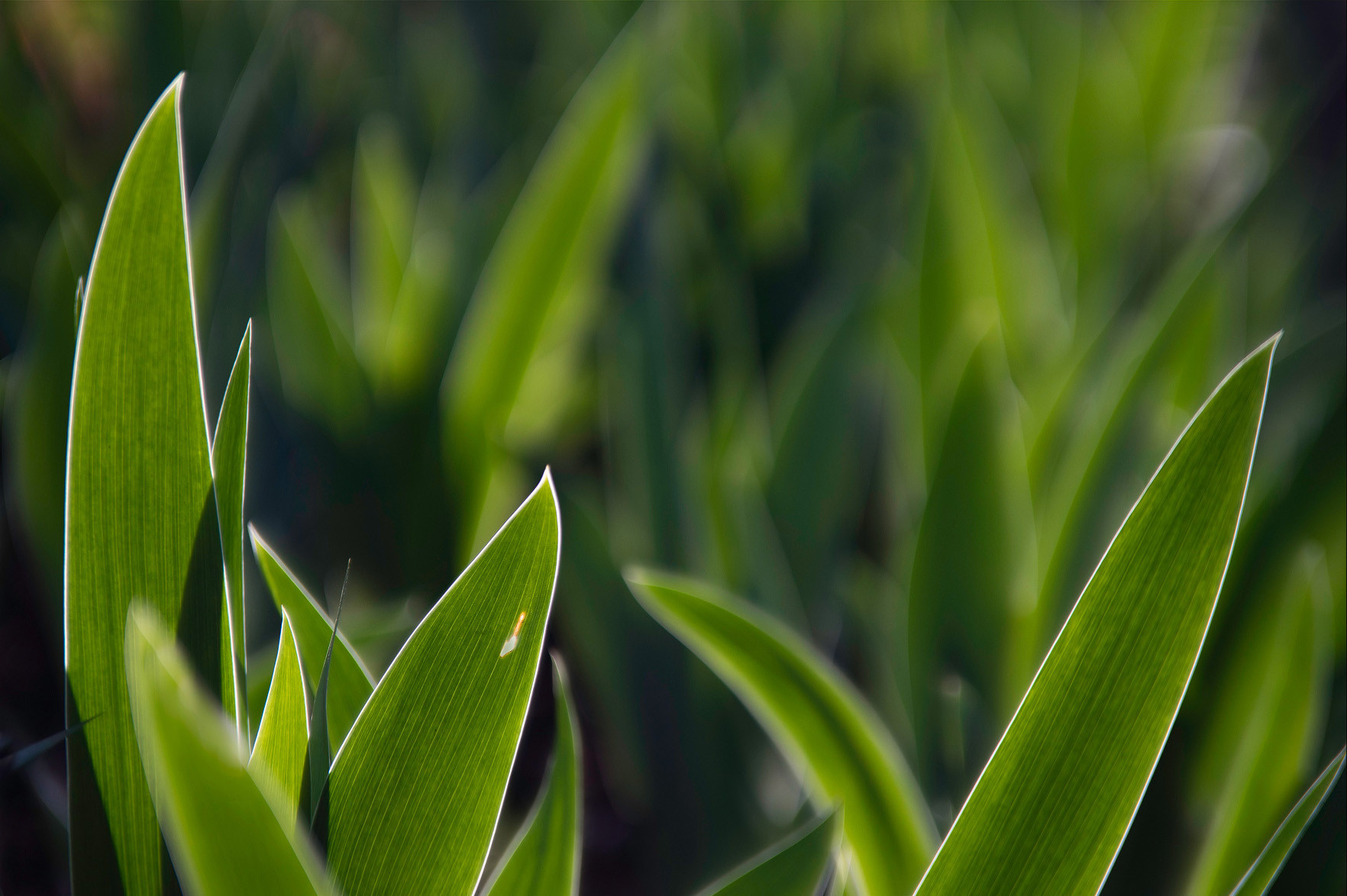 Grüne-Schwerter processed sample from 4/115 lens
Grüne-Schwerter processed sample from 4/115 lens
Processed image with the 4/115 lens, showcasing artistic possibilities.
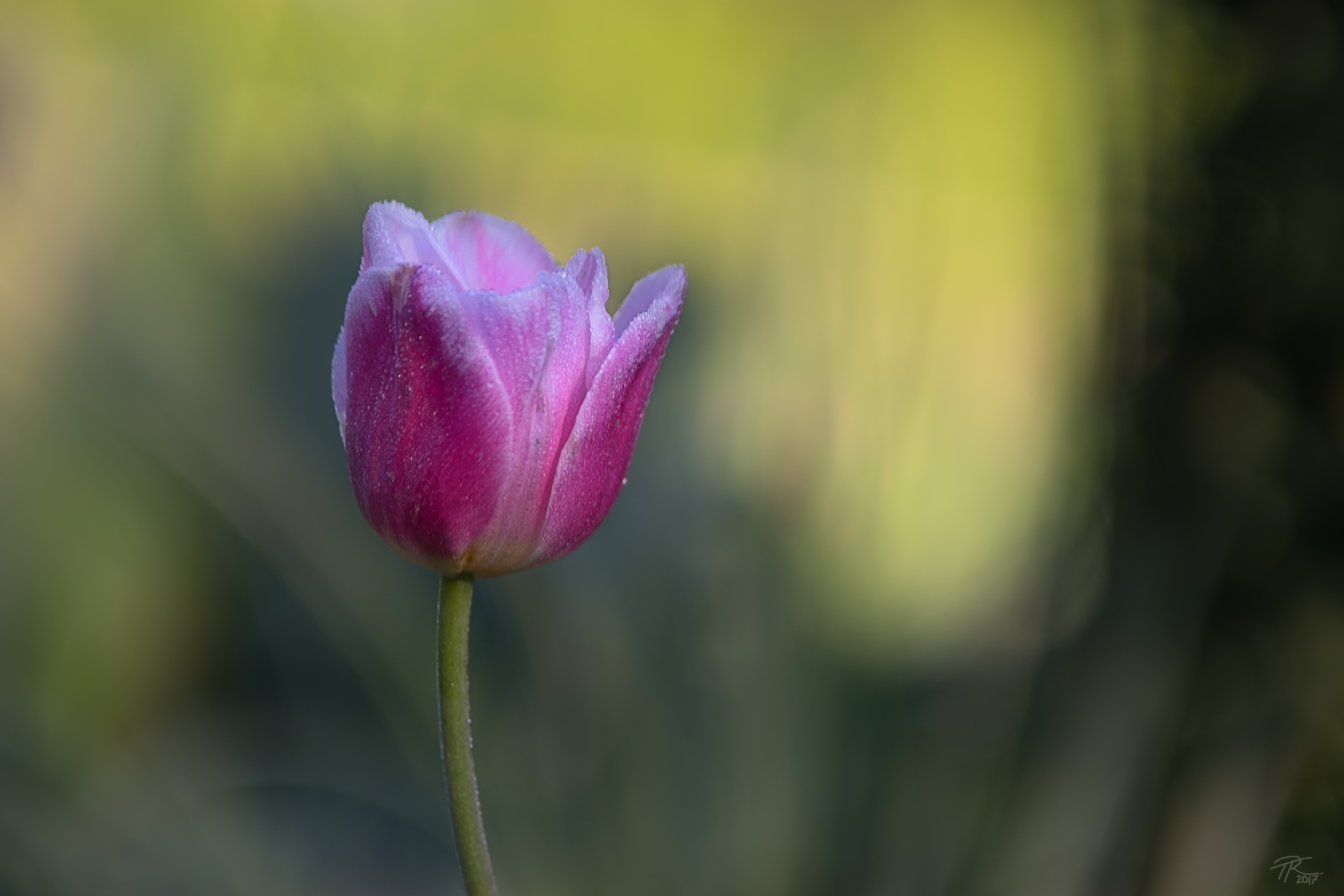 Beautiful bokeh processed sample from 4/115 lens
Beautiful bokeh processed sample from 4/115 lens
Processed image emphasizing beautiful bokeh achieved with the 4/115 lens.
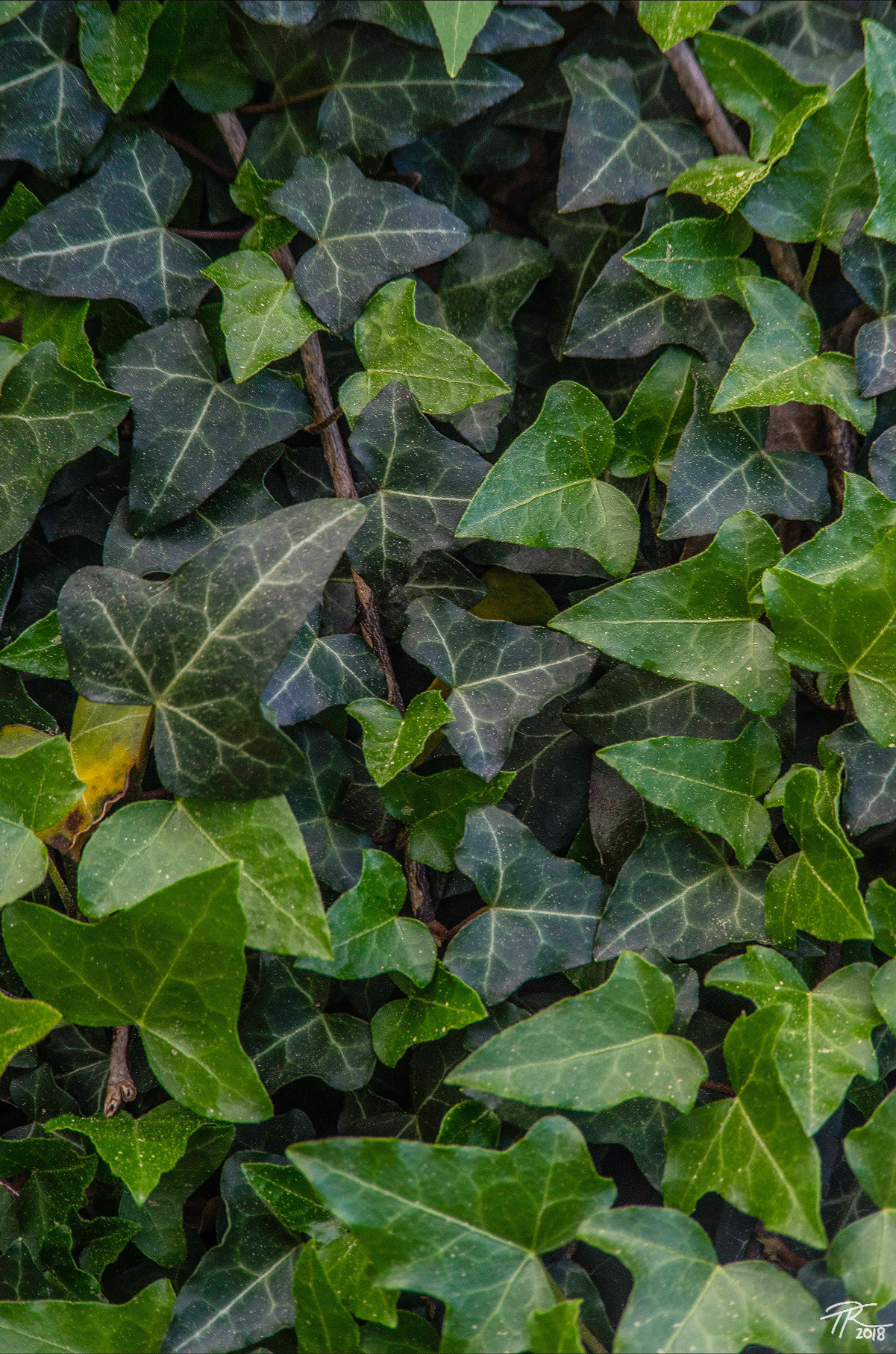 Efeu processed sample from 4/115 lens
Efeu processed sample from 4/115 lens
Another processed image demonstrating beautiful bokeh from the 4/115 lens.
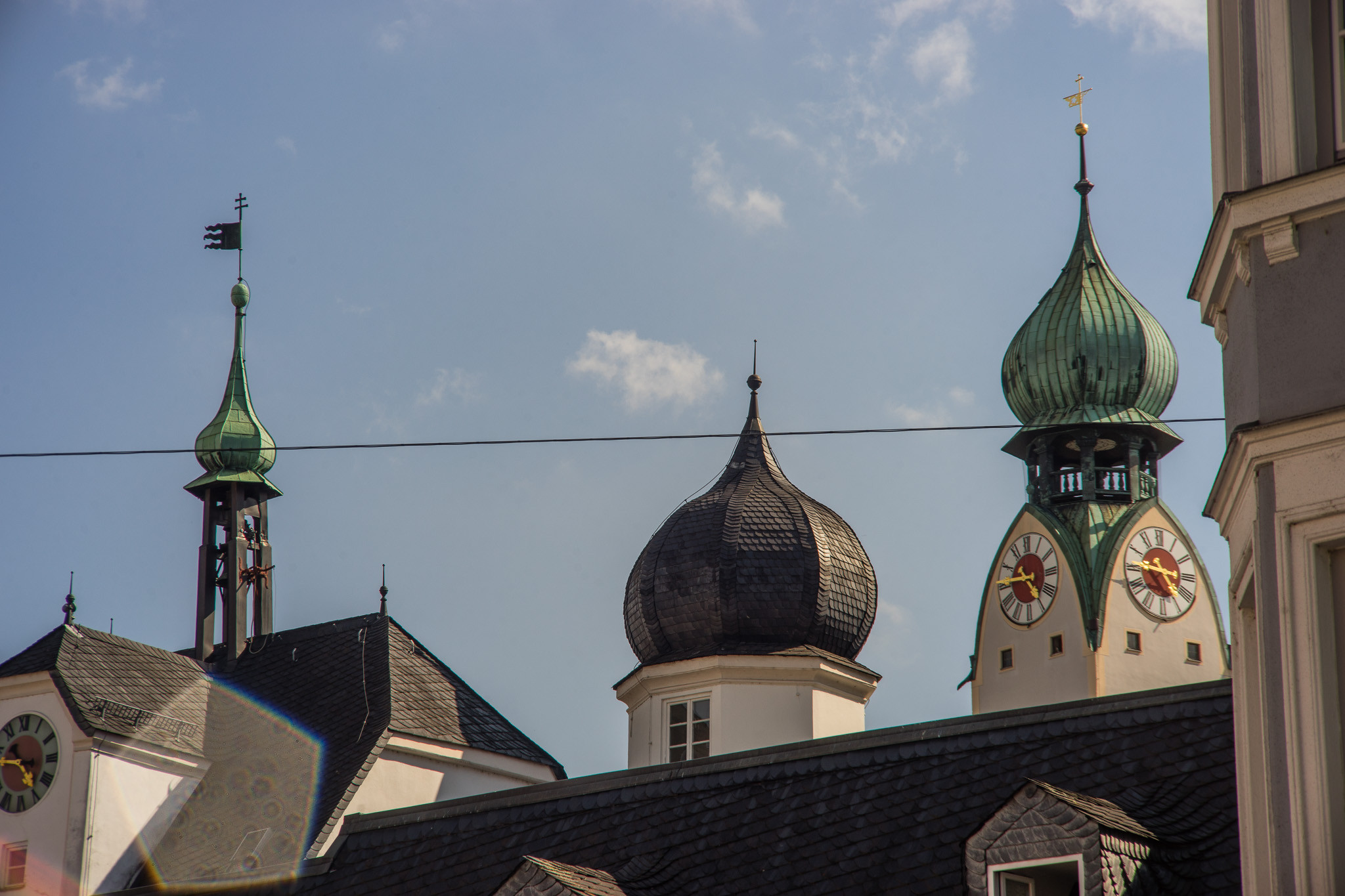 Just a little lens flare processed sample from 4/115 lens
Just a little lens flare processed sample from 4/115 lens
Processed image showing a subtle lens flare effect with the 4/115 lens.
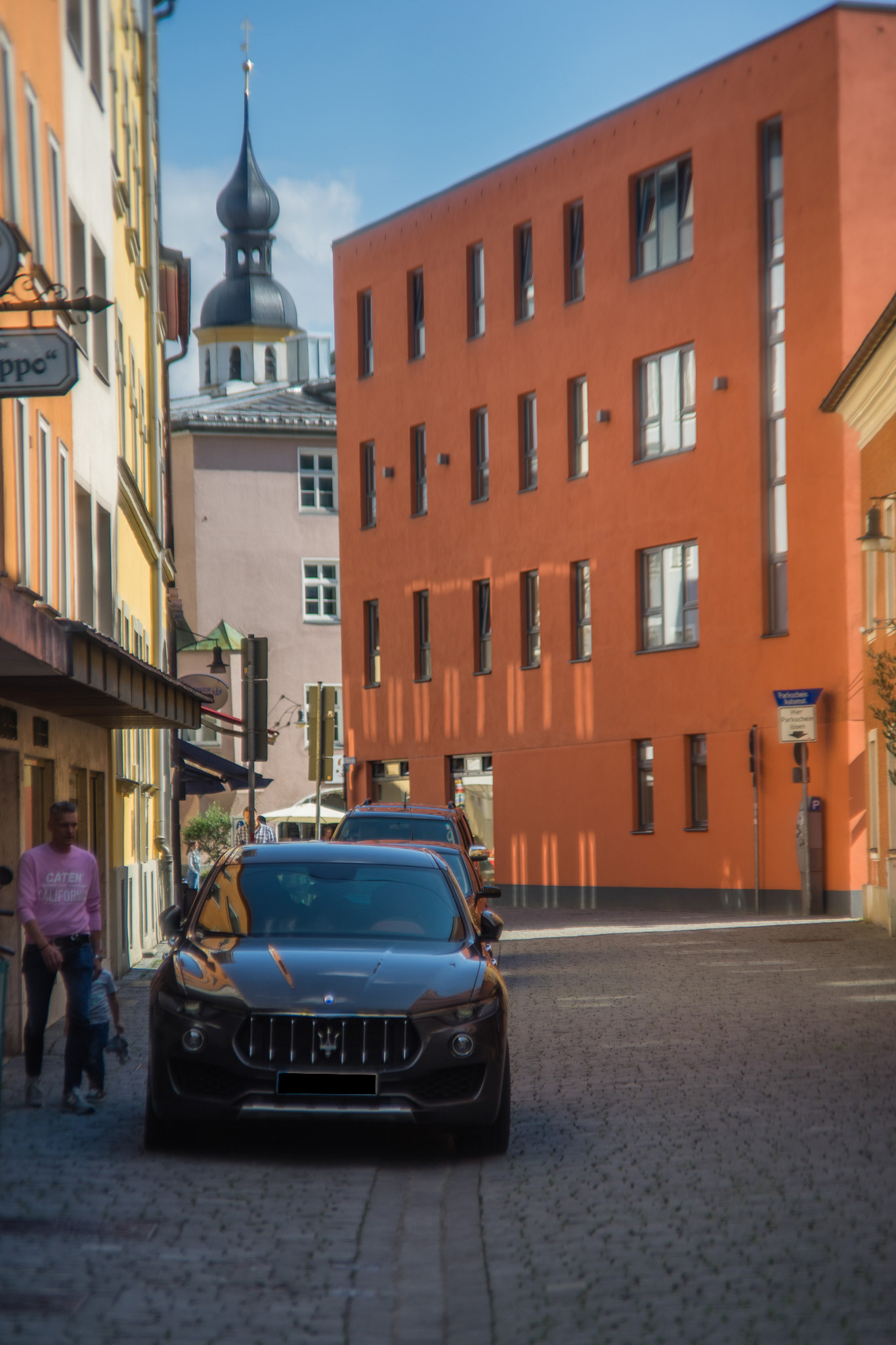 DSC04471 processed sample from 4/115 lens
DSC04471 processed sample from 4/115 lens
Final processed image from the 4/115 lens, showcasing its potential for creative photography.
One area where the Pro Tessars fall short of modern standards is corner-to-corner sharpness on full-frame cameras. The extreme corners remain soft, regardless of aperture. This is a limitation you’ll encounter. Also, if you are sensitive to lens flare and frequently shoot into bright light, you might experience issues, as illustrated in the shot of the church tower.
Final Words
I hope this article has shown you the enduring quality of these lenses, truly deserving of the Zeiss name, even by today’s standards. They offer beautiful, punchy colors, excellent center sharpness, pleasing contrast and micro-contrast, near-apochromatic performance, and best of all, they can be acquired for very little money – especially considering they are Zeiss lenses. You can essentially get a set of these vintage Zeiss lenses for around the price of $60 dollars, mirroring the initial cost in Euros, making them an incredibly accessible entry point into classic Zeiss optics.
